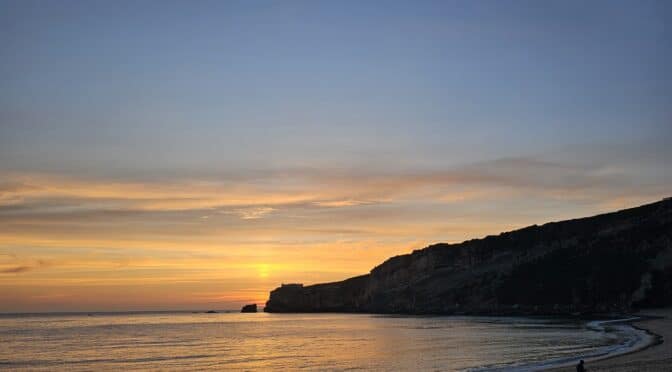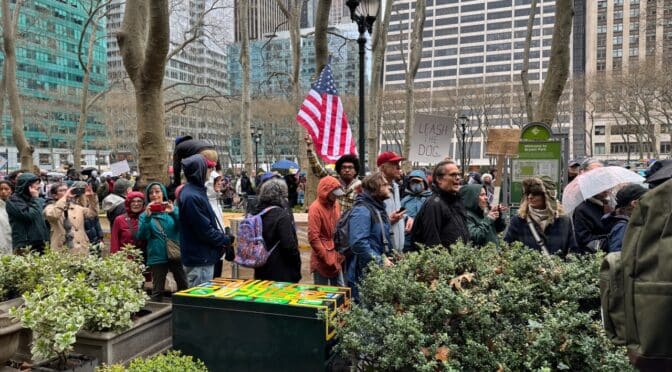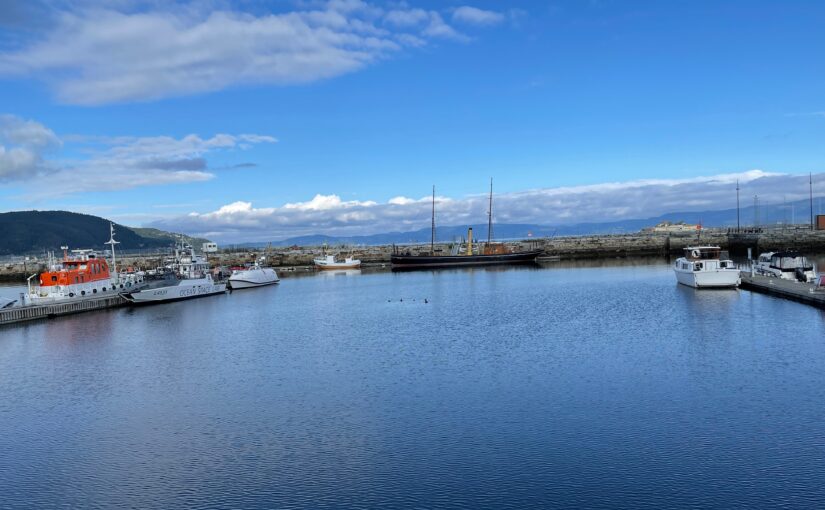Nick Taylor and Barbara Nevins Taylor
Other guests we talked with at the 138 Liberdade Hotel said, “You have to go to Sintra,” and so we thought, Why not? We’d reserved a car at Hertz, and planned to drive north from Lisbon to Nazaré. Sintra was on the way and after a lovely last breakfast in the hotel garden, we began the next part of our Portuguese adventure.
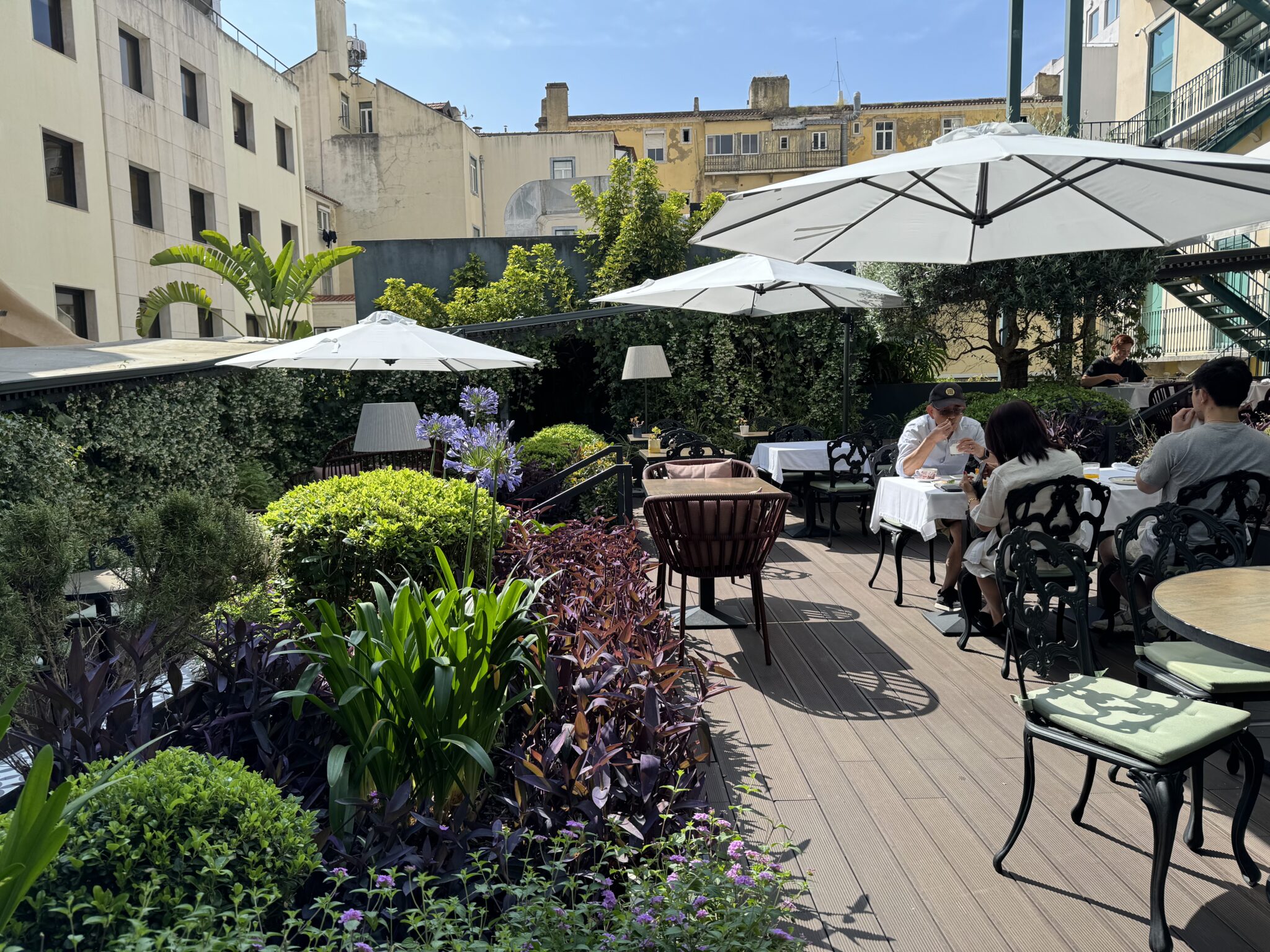
We chose Nazaré because Barbara wanted to go up the coast to the beach and Nick, the sports fan, had seen the images and videos of the 70-foot waves that lure surfers from October to March.

Sintra had something entirely different to offer. West of Lisbon beyond the city’s suburbs, it is the site of the Palácio Nacional da Pena. A former monastery, it was ruined in the 1755 earthquake and restored as a palace under Portuguese monarchs in the 19th century beginning with Ferdinand II, the King-consort of Queen Maria II. The multi-hued castle complex high on a hill looks like something out of a Disney movie.
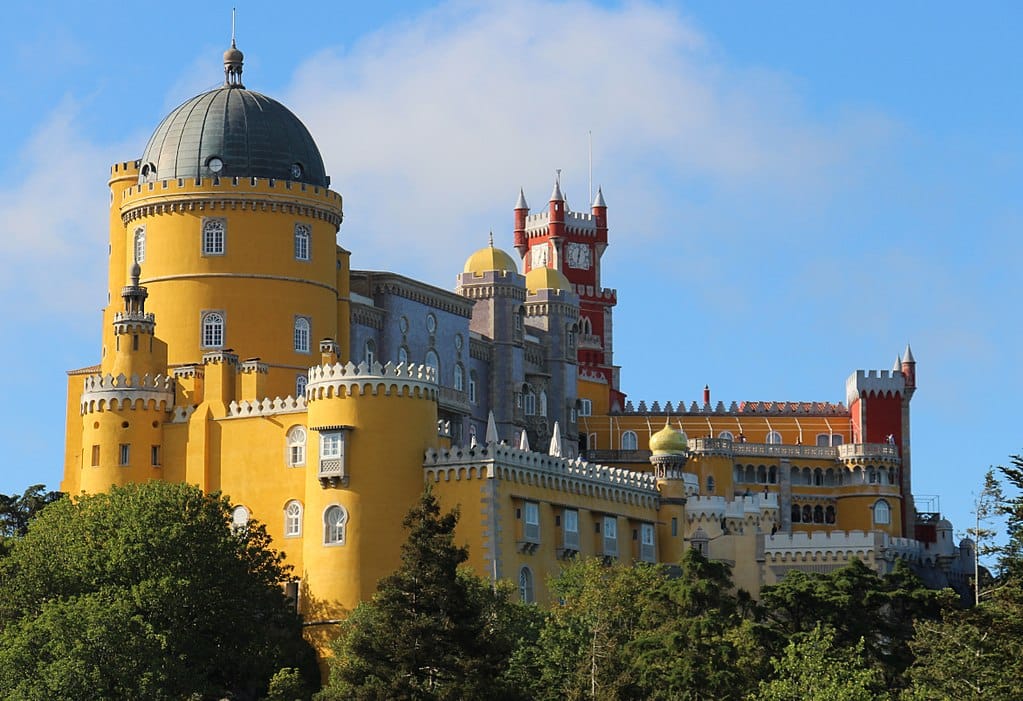
It’s surrounded by a densely wooded, hilly park that’s an attraction in itself, and it’s easy to get lost in.
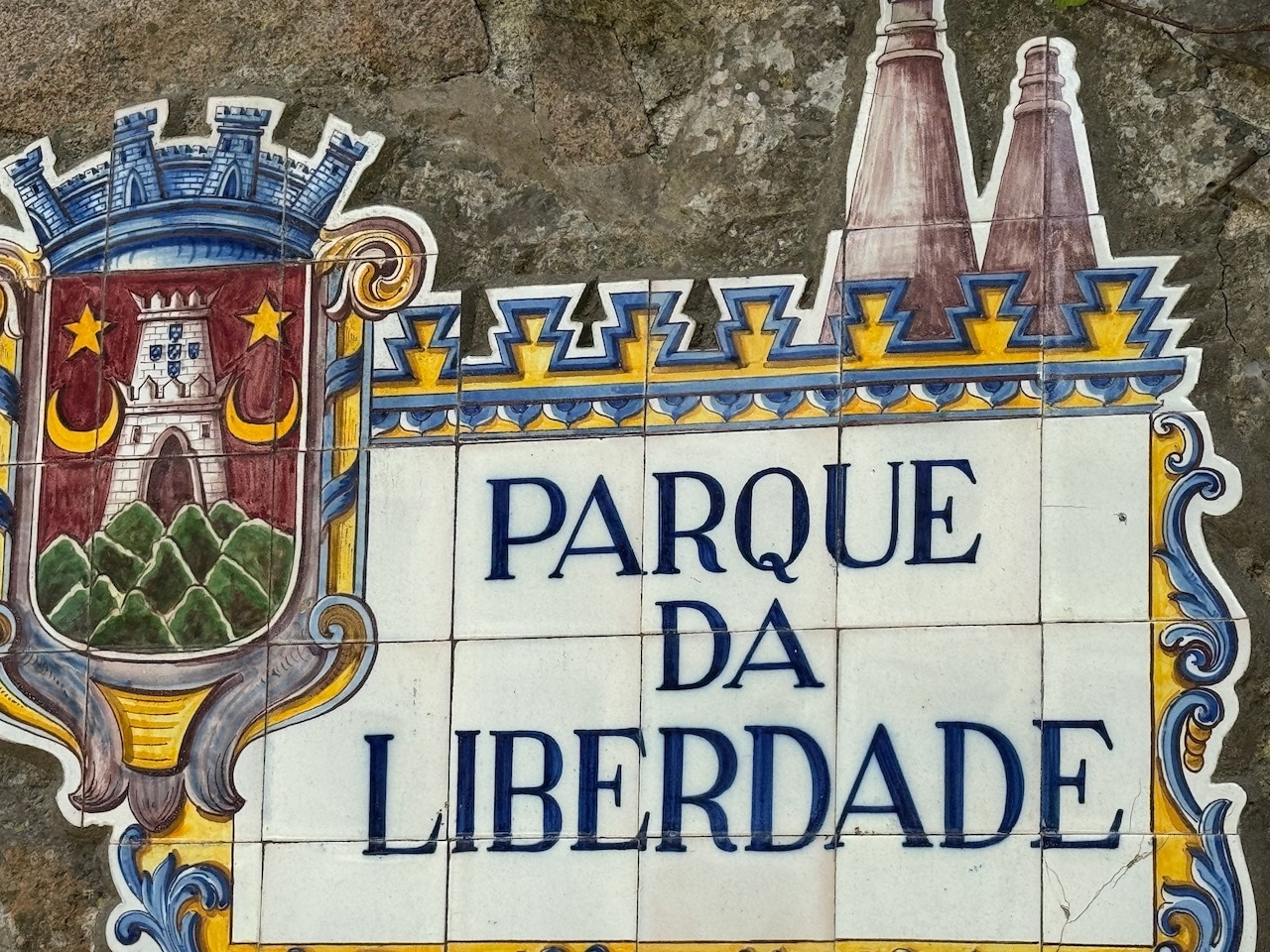
We started to wander around, and realized that we hadn’t done enough research and probably should have signed up for a guide.
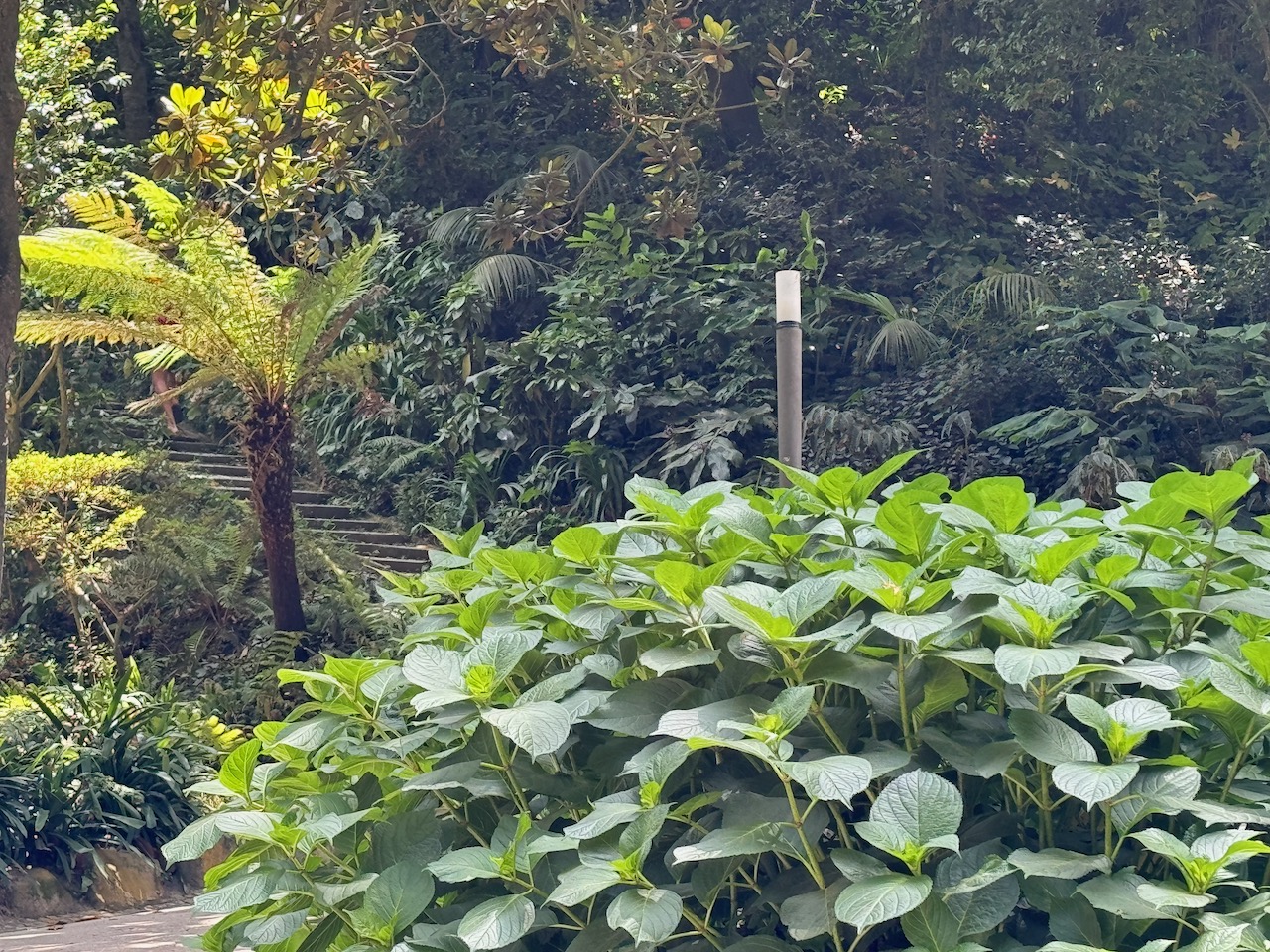
That’s how we met Leonardo Munhoz — “Call me Leo” — one of the seemingly countless tuk-tuk tour guides on the hunt for customers on the bright June Wednesday morning. It seemed much easier to ride in his scooter-driven version of a rickshaw and let him take us to the palace than to walk up the mountain and try to find the way ourselves.
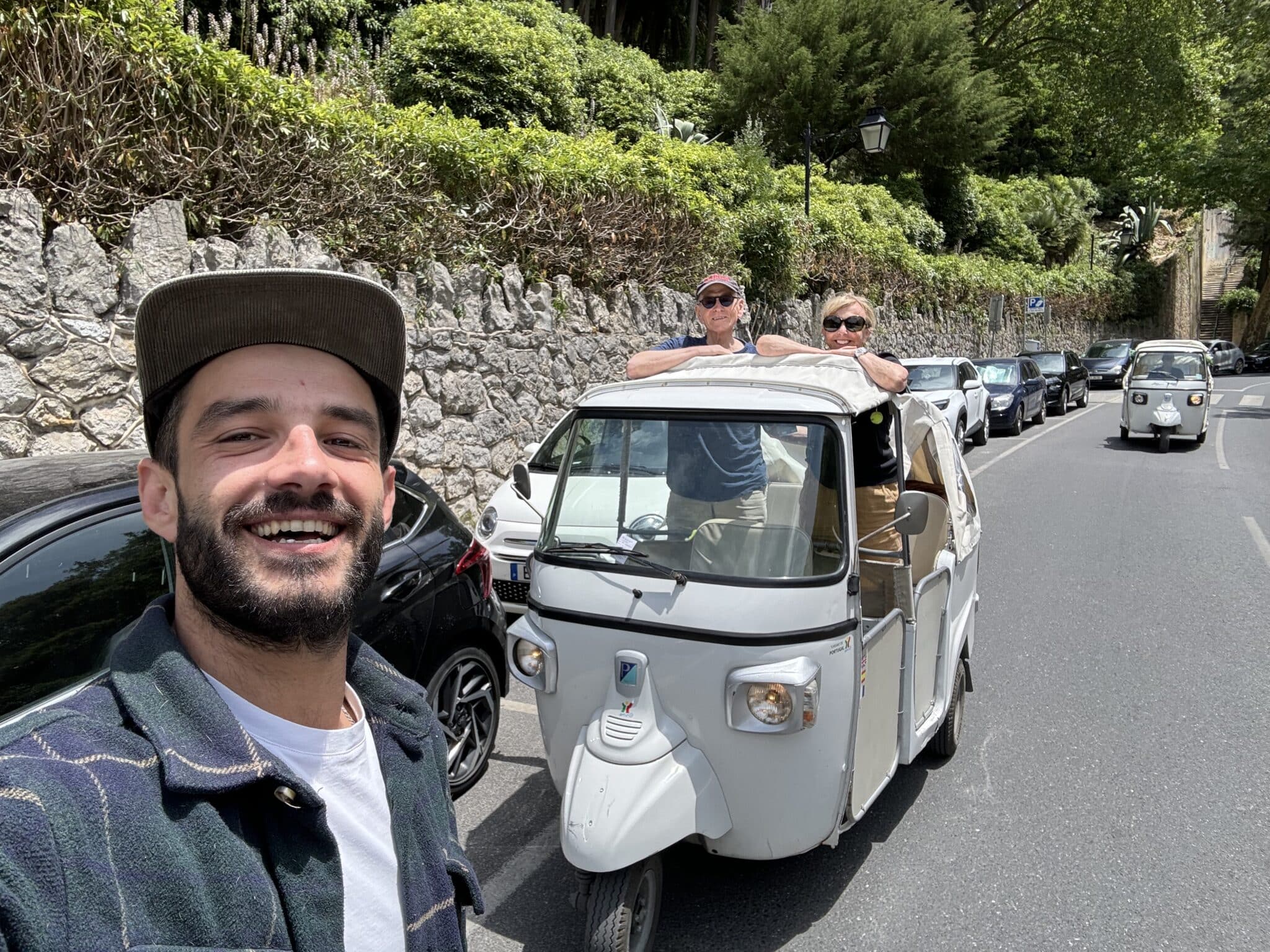
Leo, a non-stop talker, was a lot of fun. And he was good at taking selfies with his clients.
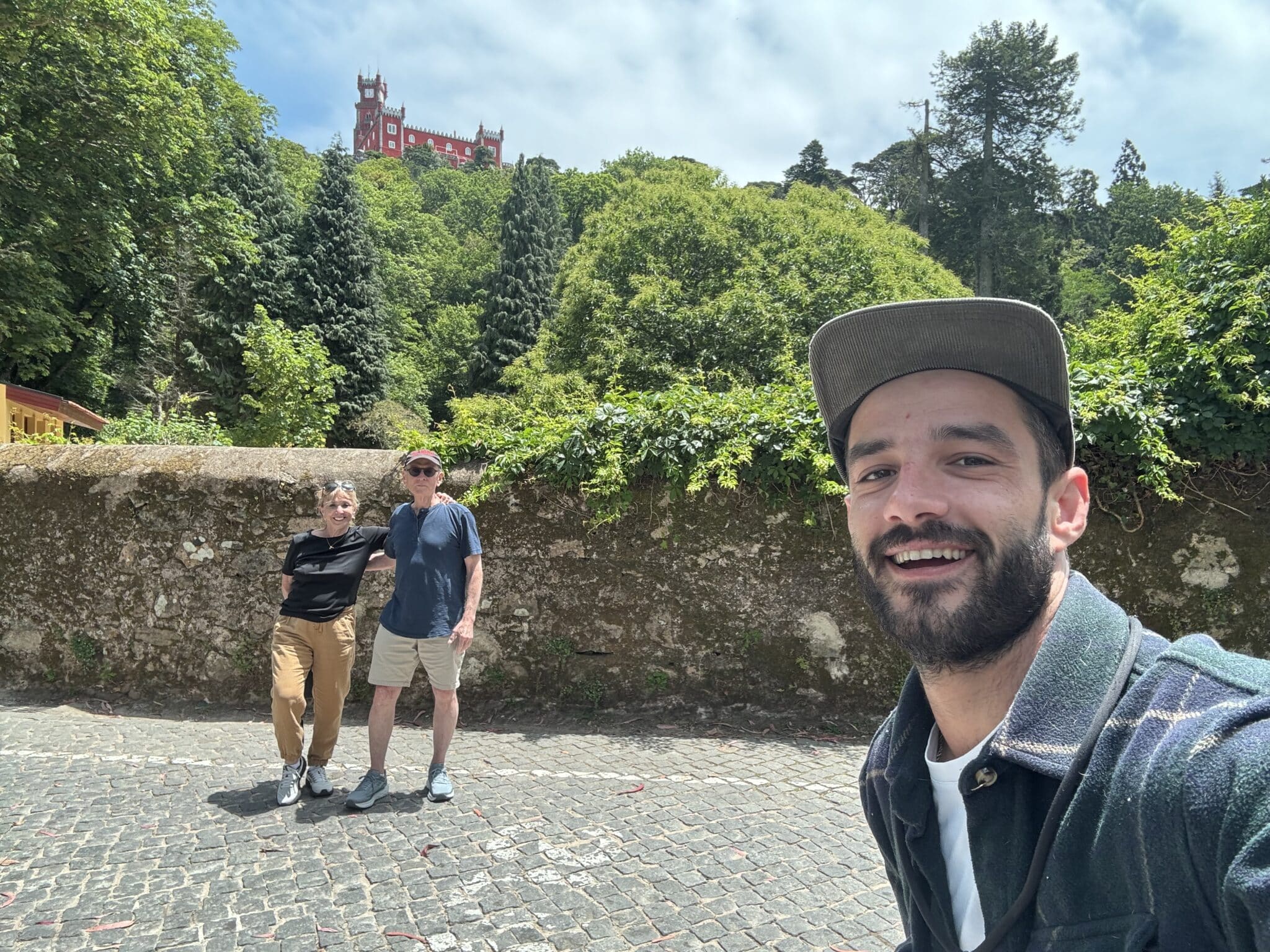
We bounced around in the back of the tuk-tuk as Leo navigated the switchback turns on the steep mountainside to reach the castle. We saw the 10th Century castle built in the 8th or 9th Century by the Moors who ruled the Iberian Peninsula then.
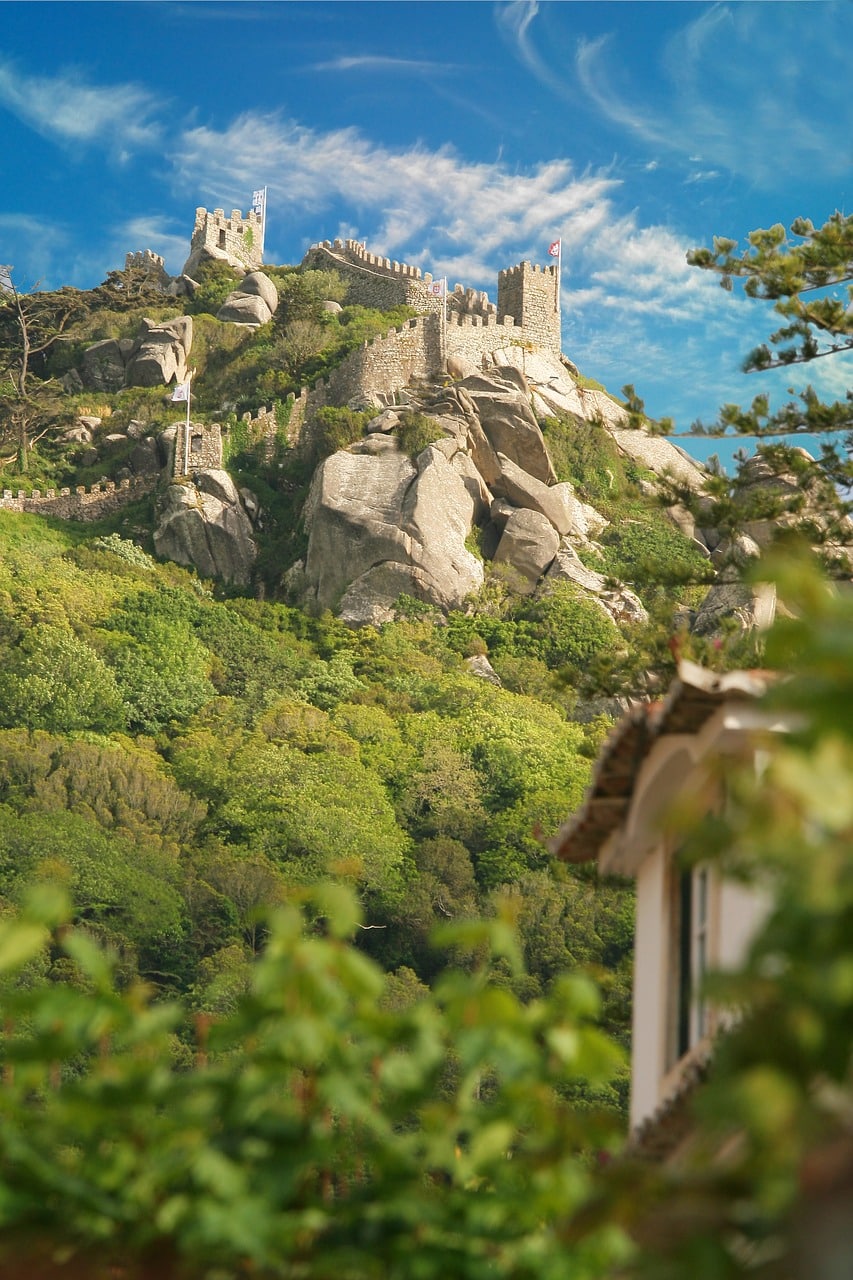
Built with interlocking granite blocks, the fortification winds across one of the highest peaks in the region.
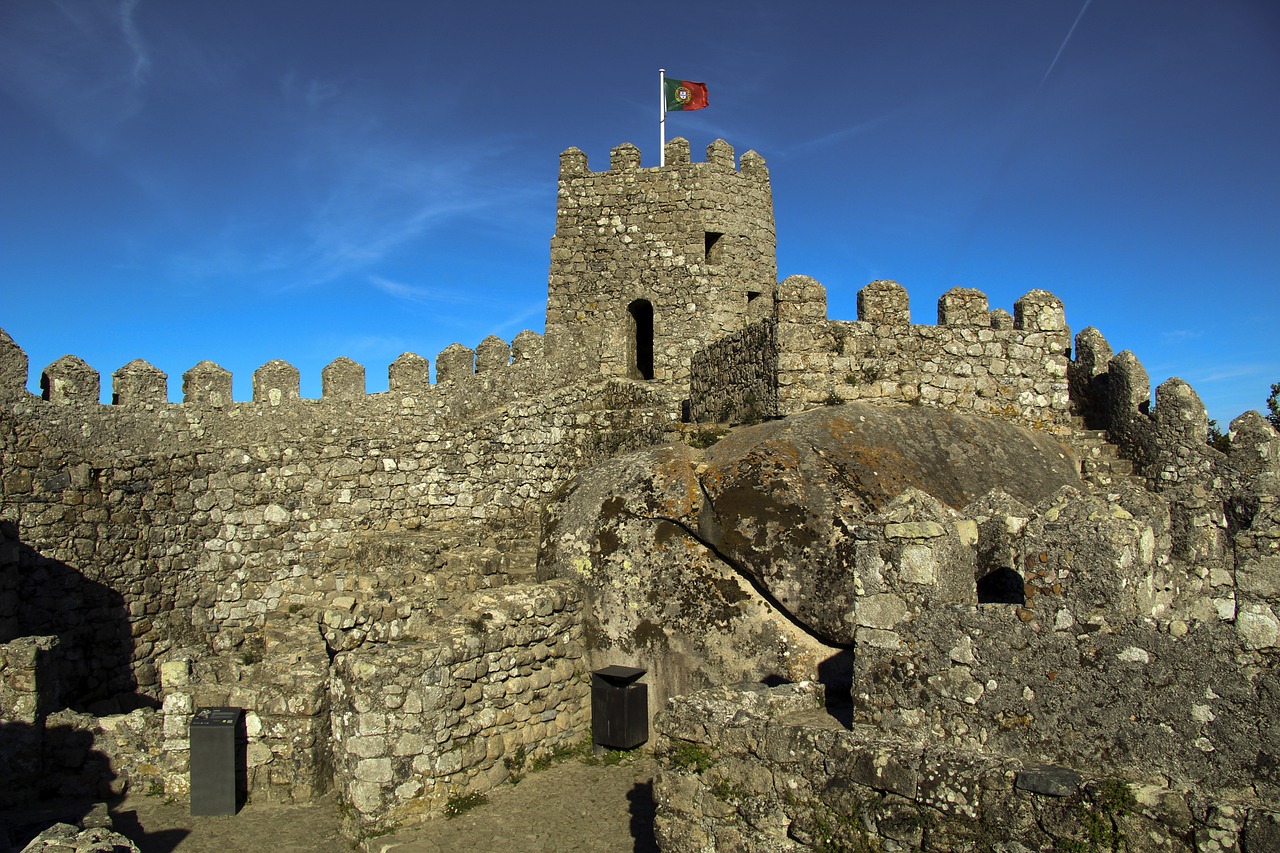
Leo dismissed our interest in that castle. “There’s nothing there,” he said. Nothing there but the ghosts of a fascinating history, we thought. But we didn’t protest. On the way up, we saw tour buses, Ubers and other hired cars making their way to the top. Sure enough, when we got to the ticket booth for the main event, the castles with all the trimmings, the line stretched on and on. We shuffled into the line, but we looked at each other and shook our heads. Too many tourists. Too long a wait. Not fun, even to tour such a fairyland of a castle.
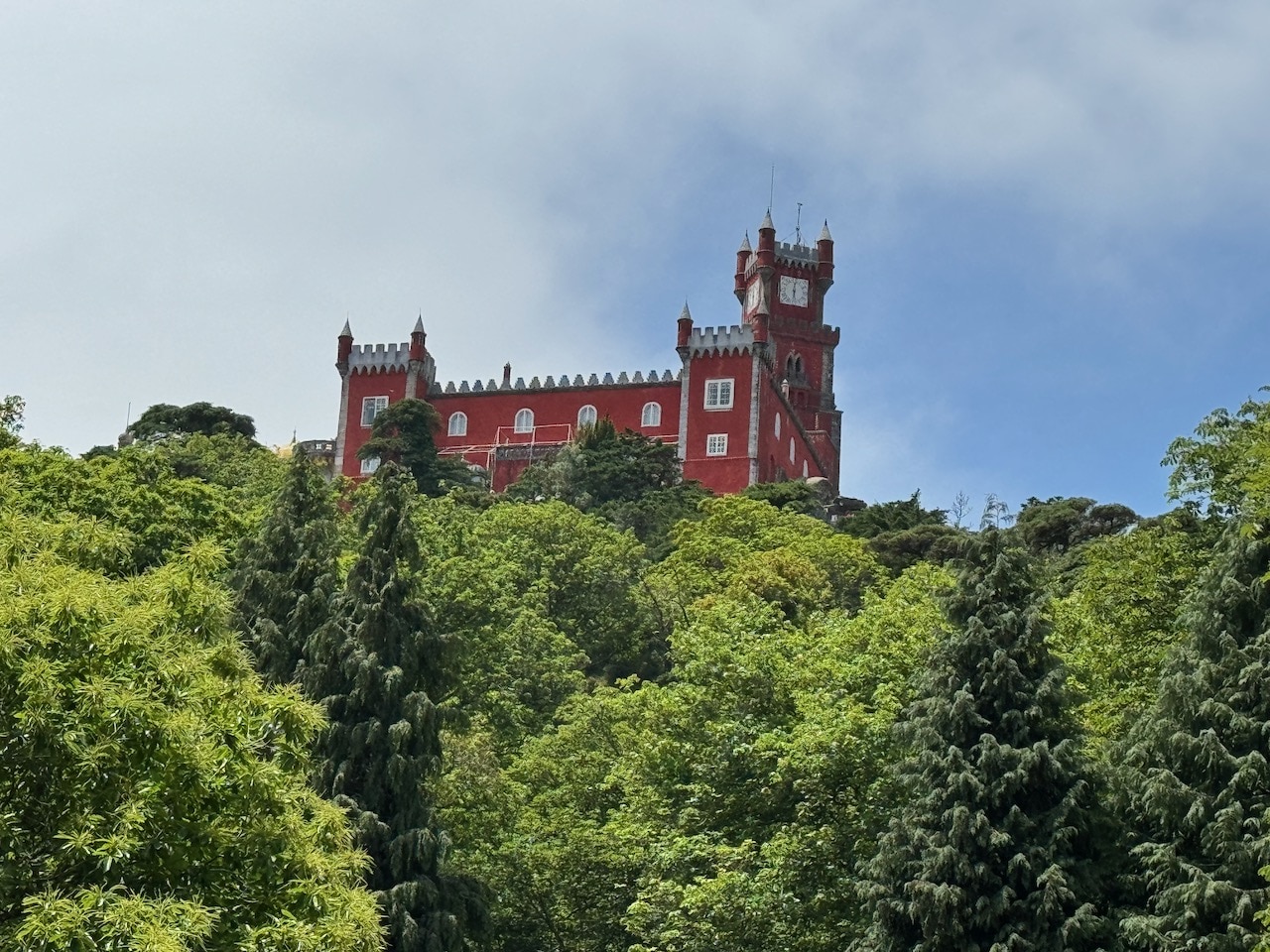
It was clear to us that we hadn’t done this right. You can buy tickets online directly from the ParquesdeSintra with a specified day and time, and we recommend that if you want to see the beautiful castle and grounds. But we shook our heads, called Leo and said, “Let’s go back down the mountain.”
The downward ride gave us a chance to take a photo of another palace in the heart of the charming town of Sintra.
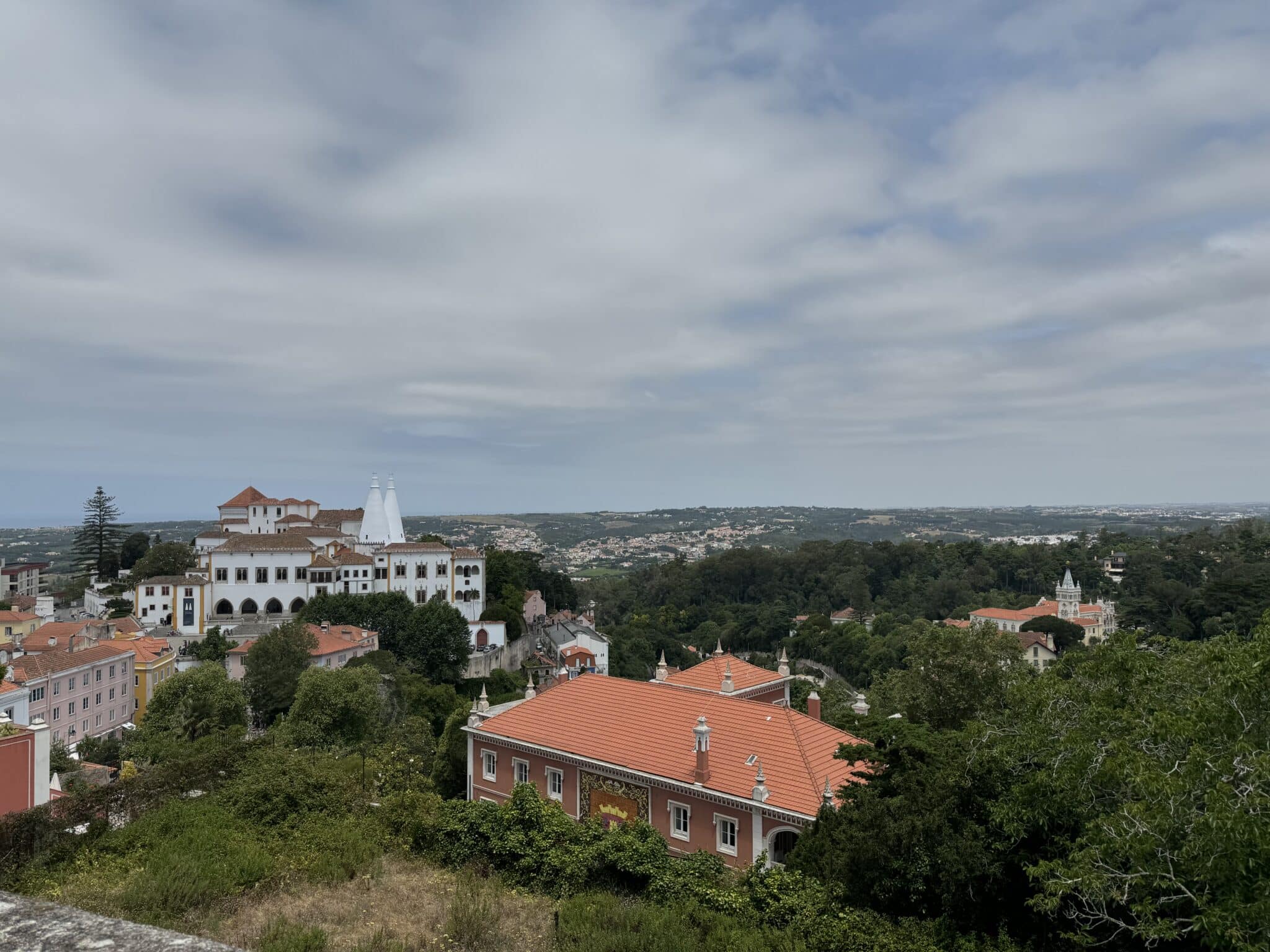
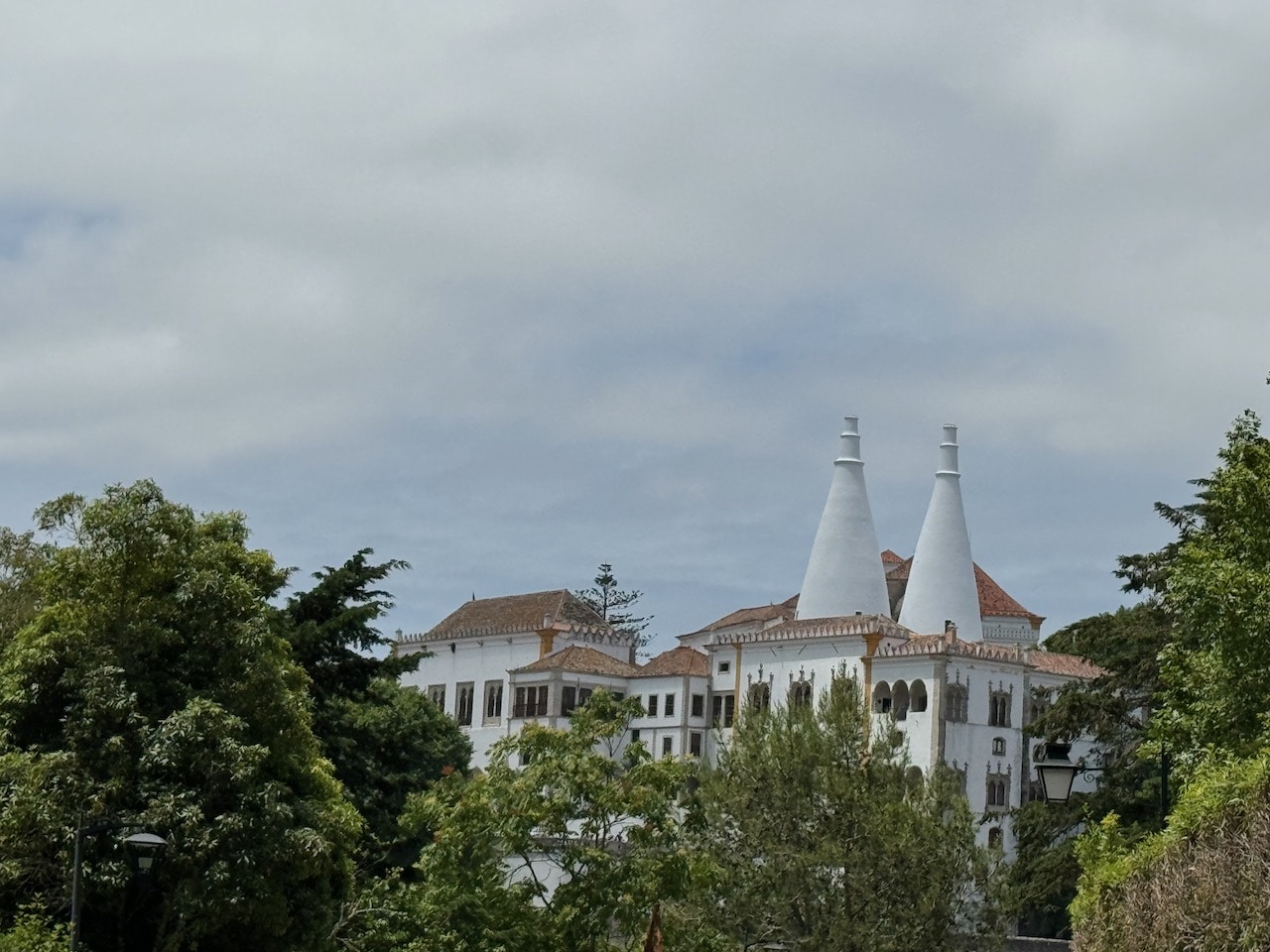
On the exterior, the two conical chimneys are the the standout feature of the whitewashed Palacio Nacional Sintra, or the Town Palace. It was built, on the site of a Moorish palace, by King Jâo I in the 14th Century with elaborate architectural details. You can buy tickets online for this palace too.
We felt like palaces with many tourists were not in our karma that day and wanted to get to Nazaré, the ocean and the beach. Yet a little building at the edge of the parking lot lured us in. There was not a horde of tourists, and we looked to see what was inside.
We discovered a small treasure of figurative sculpture. The Museu Anjos Teixeira, set in the home and former studio of Pedro Augusto dos Anjus Teixeira, who died in the late 1970s, displays his work and the sculpture of his father Artur Gaspar Teixeira, 1880 to 1935. They were gifted artists who explored anatomy, focused on strong workers, the female form and the way people live and work.
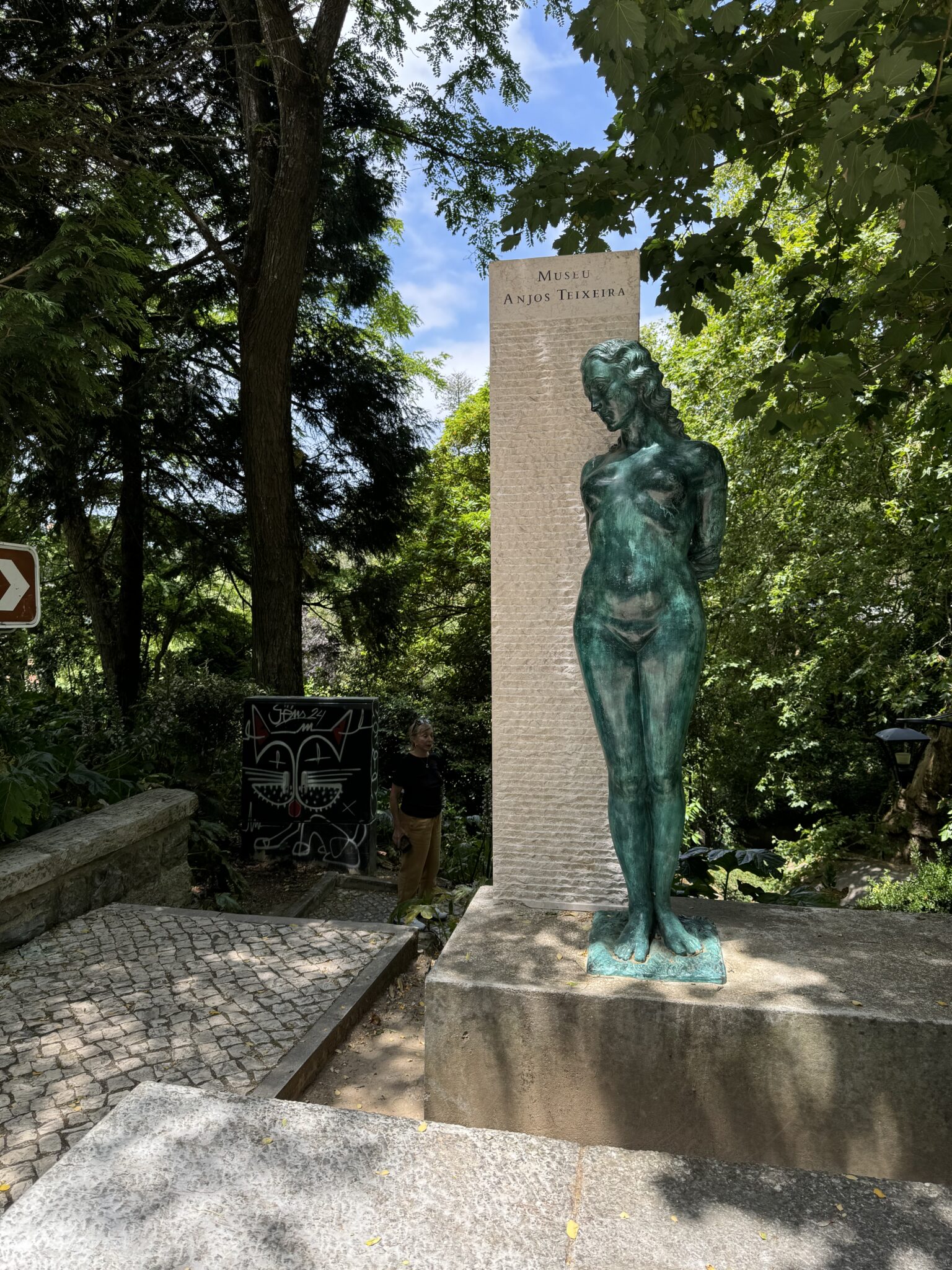

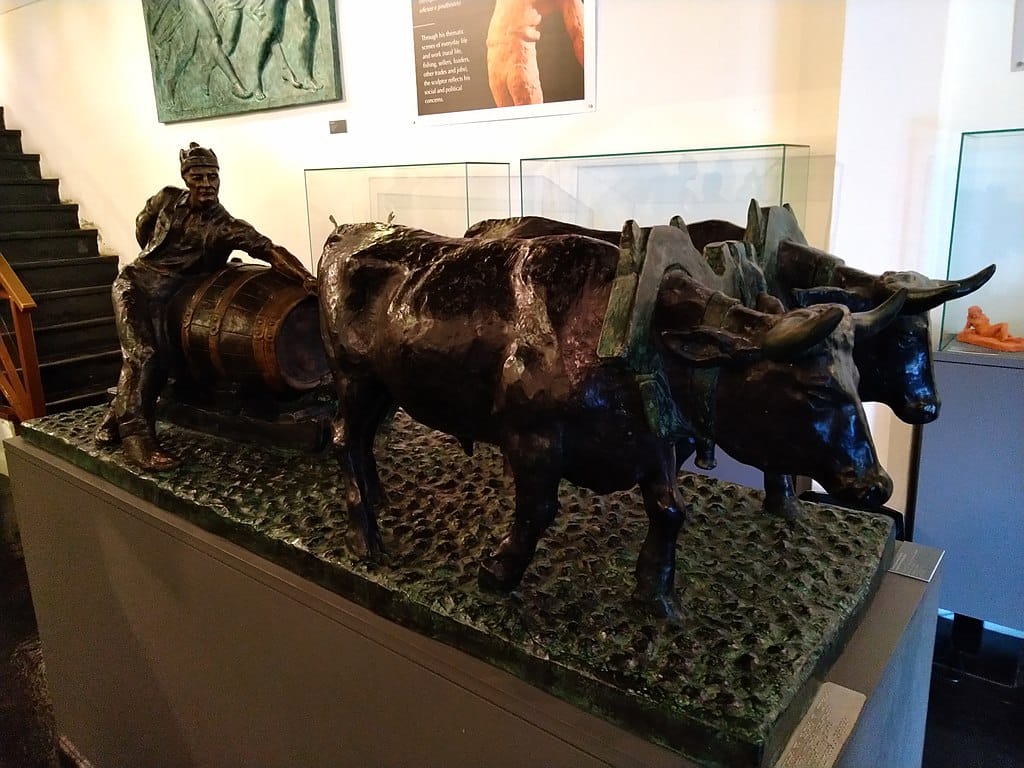
We enjoyed the work and then resumed the Portuguese adventure and set off on the 132 kilometer ride on the northbound A8, a smooth four-lane with a 120 km speed limit There were tolls, but we were charged electronically and barely had to slow down. Once we left the highway, we took a short jog west and entered Nazaré, a town of about 15,000 people.
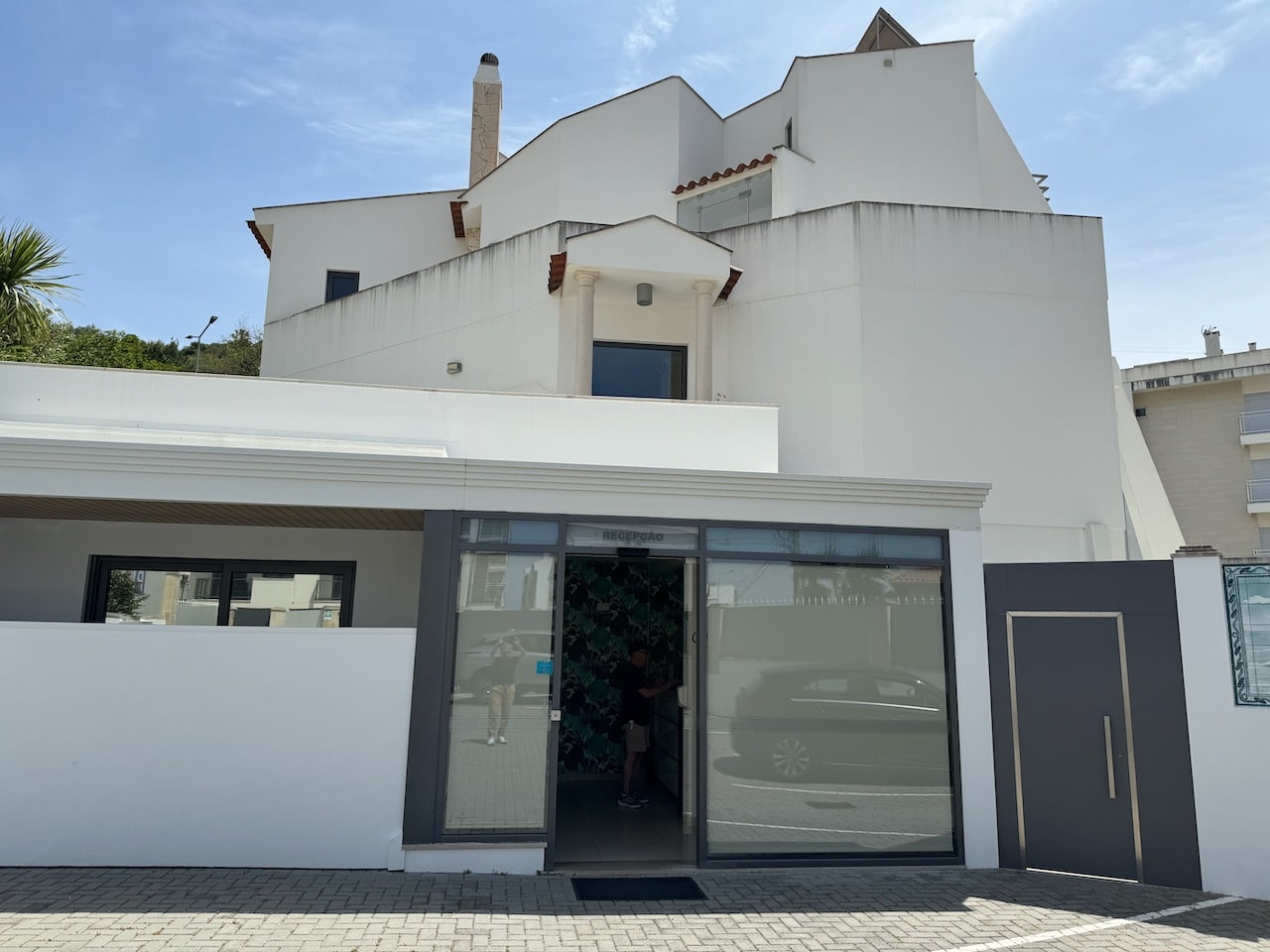
We had booked online directly with the hotel Villamar Style Maison, and it was more like a guest house than a hotel. But it was spotless and our room overlooked a small pool.
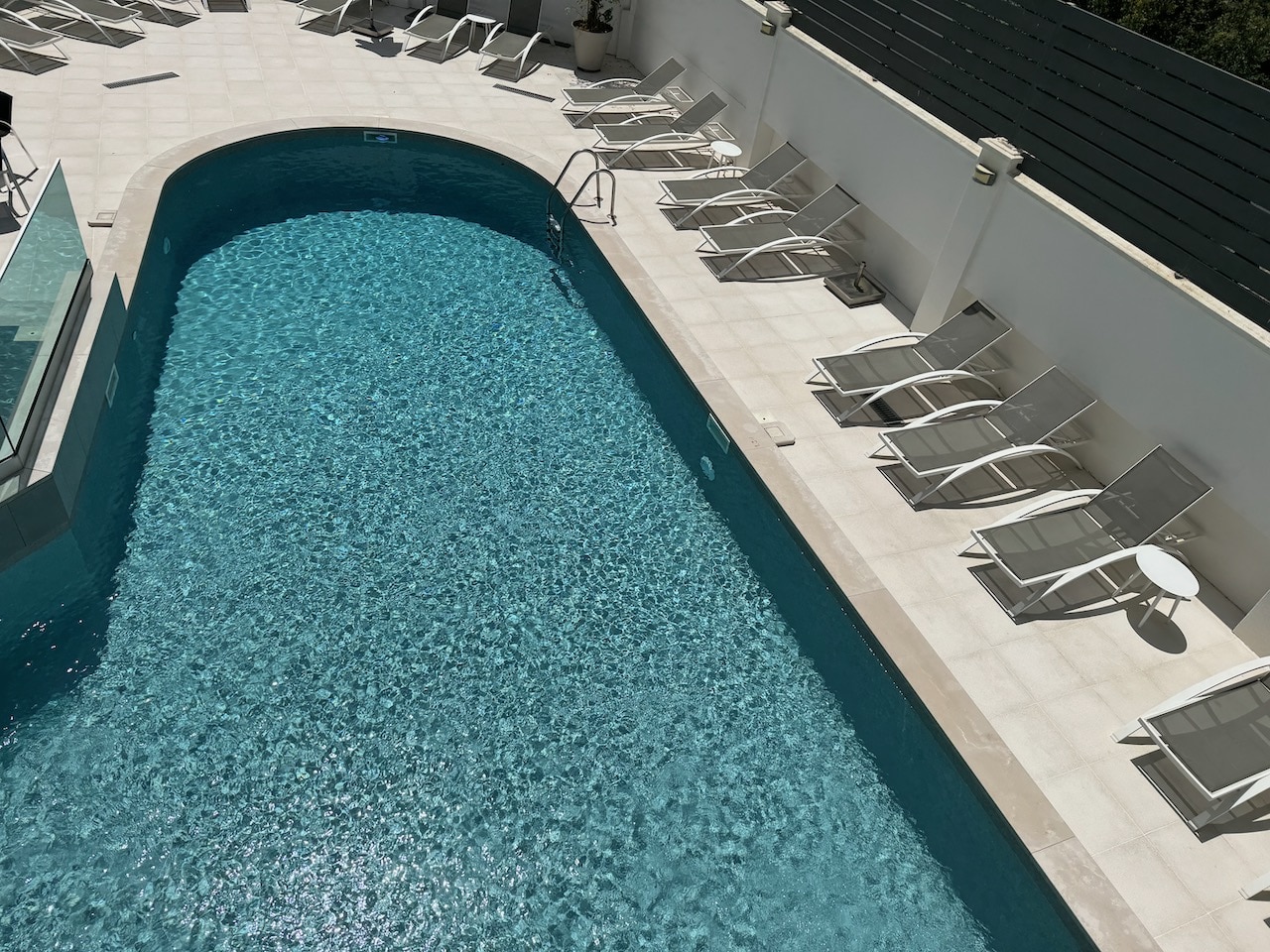
We didn’t linger in the room long because we craved the beach and it was a short walk away.
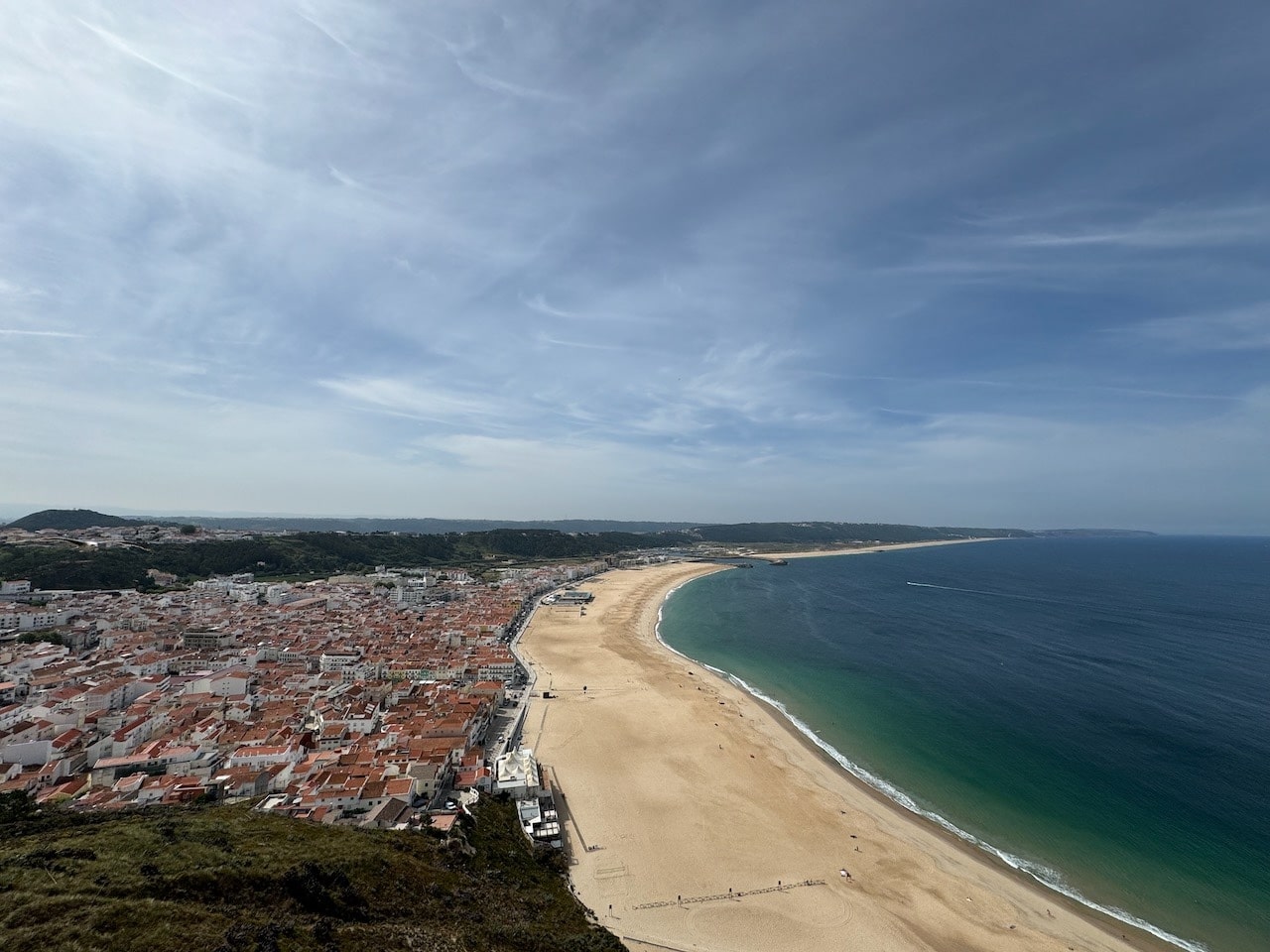
These classic fishing boats sit at the head of the beach reminding visitors that this was once a busy fishing port.
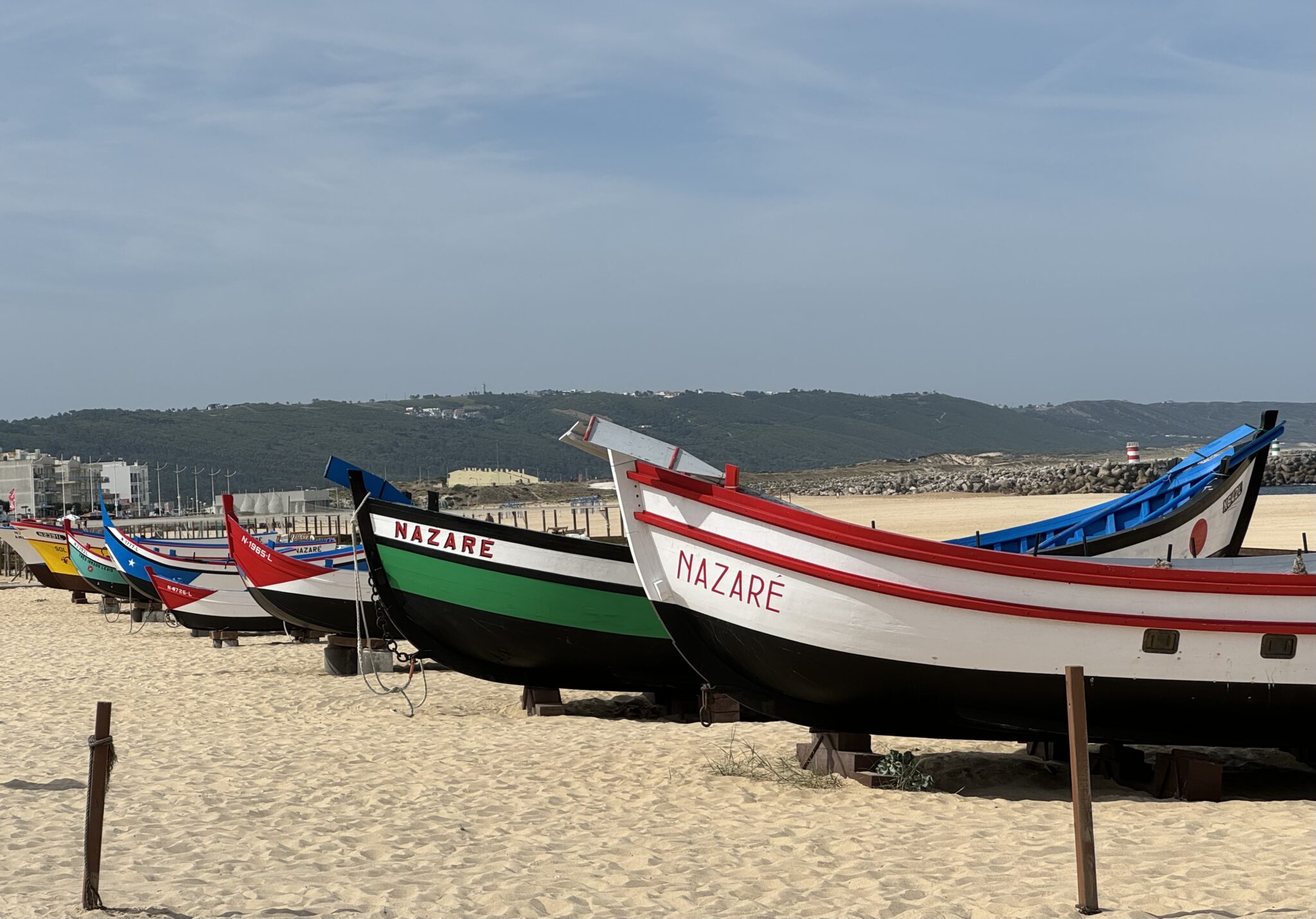
Yet as we walked along the mosaic path that lined the beach, it seemed a lot like the boardwalk at Brighton Beach in Brooklyn.
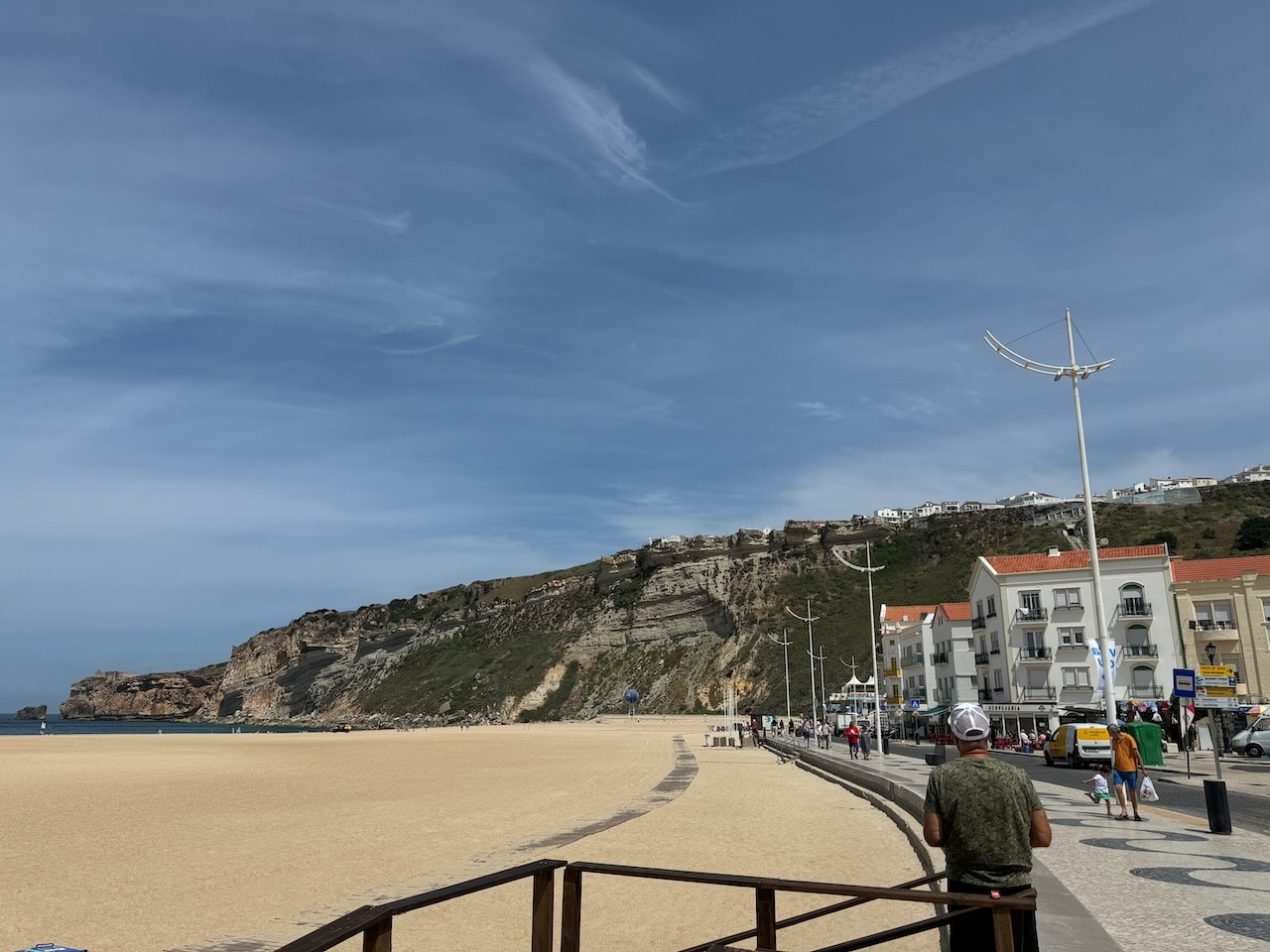
Families and older people strolled along getting the best of the late afternoon sun.
The locals seemed to ignore the political signs hung from light poles. Here and elsewhere we had been so far, we were surprised to see posters for the CDU with the prominent communist hammer and sickle.
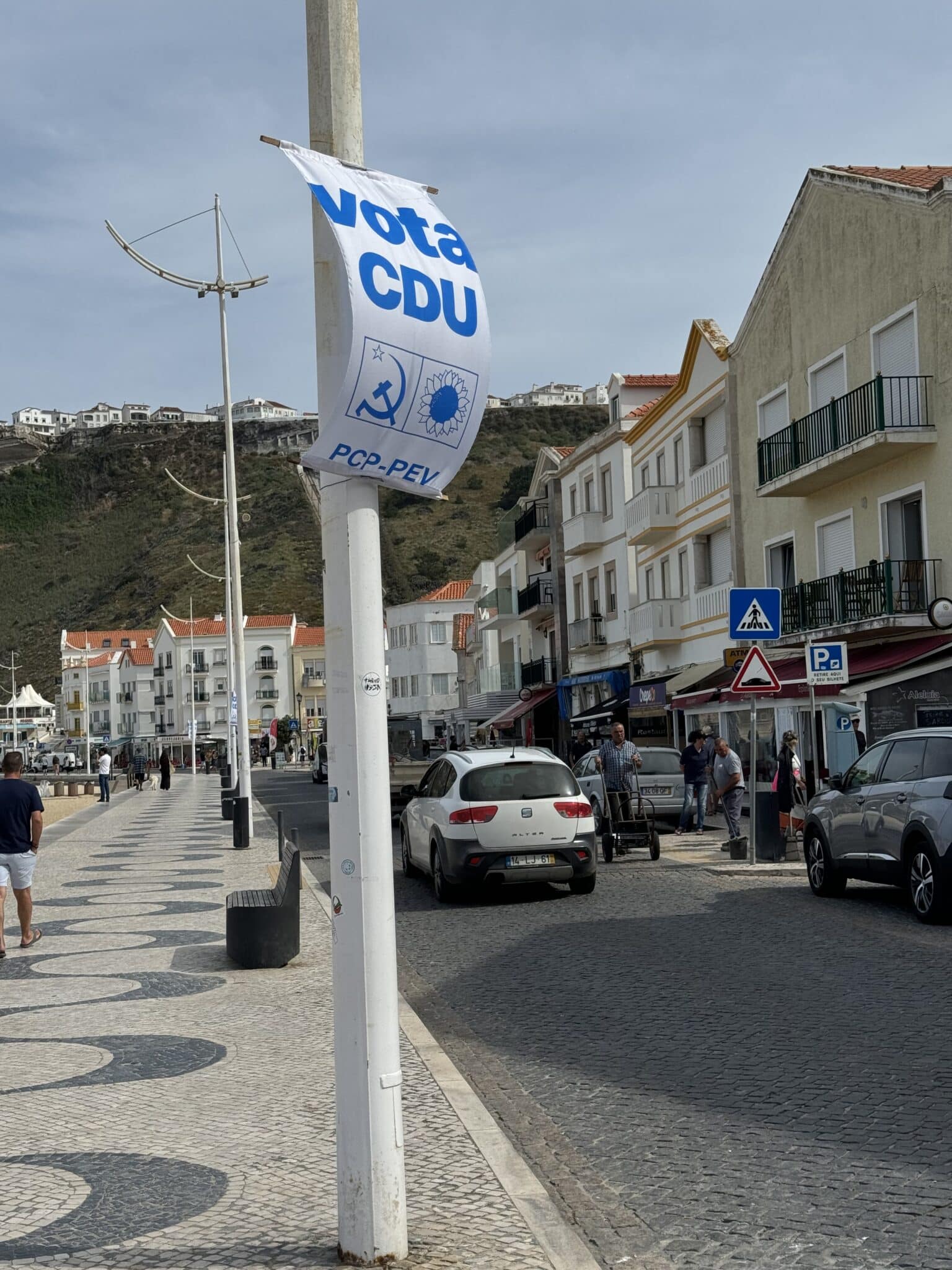
The CDU — the Unitary Democratic Coalition — brought the communists and the ecologists together under one umbrella for the June 6 through 9th European parliamentary elections. That’s the flower next to the communist logo. They ended up getting four percent of the vote and sending one delegate to the parliament in Strasbourg.
Turning away from politics, a group of athletes on the beach caught our attention.
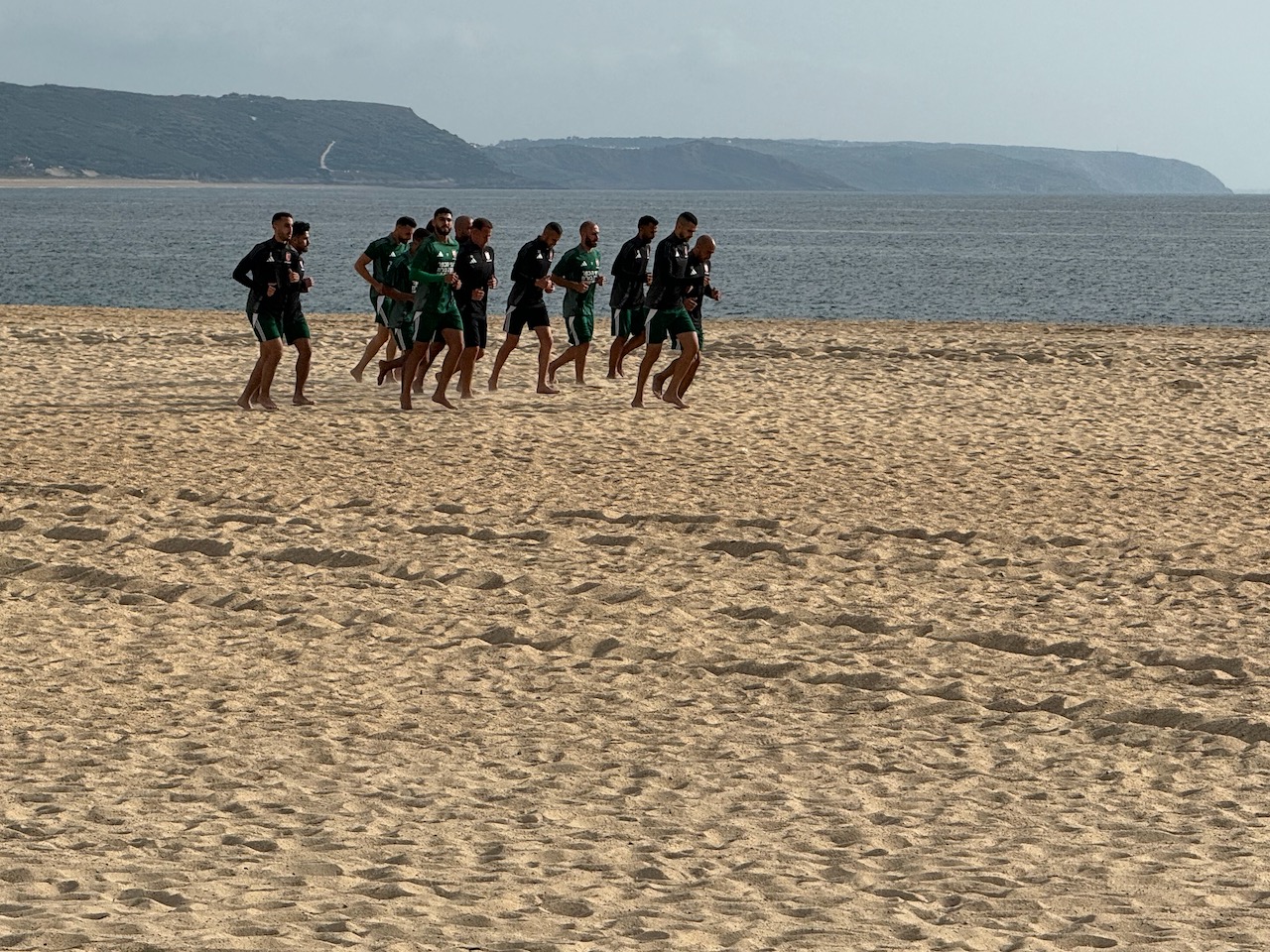
A closer look told us that they were members of the Israeli-Arab Falfala Kafr Qassem Beach Soccer Club.
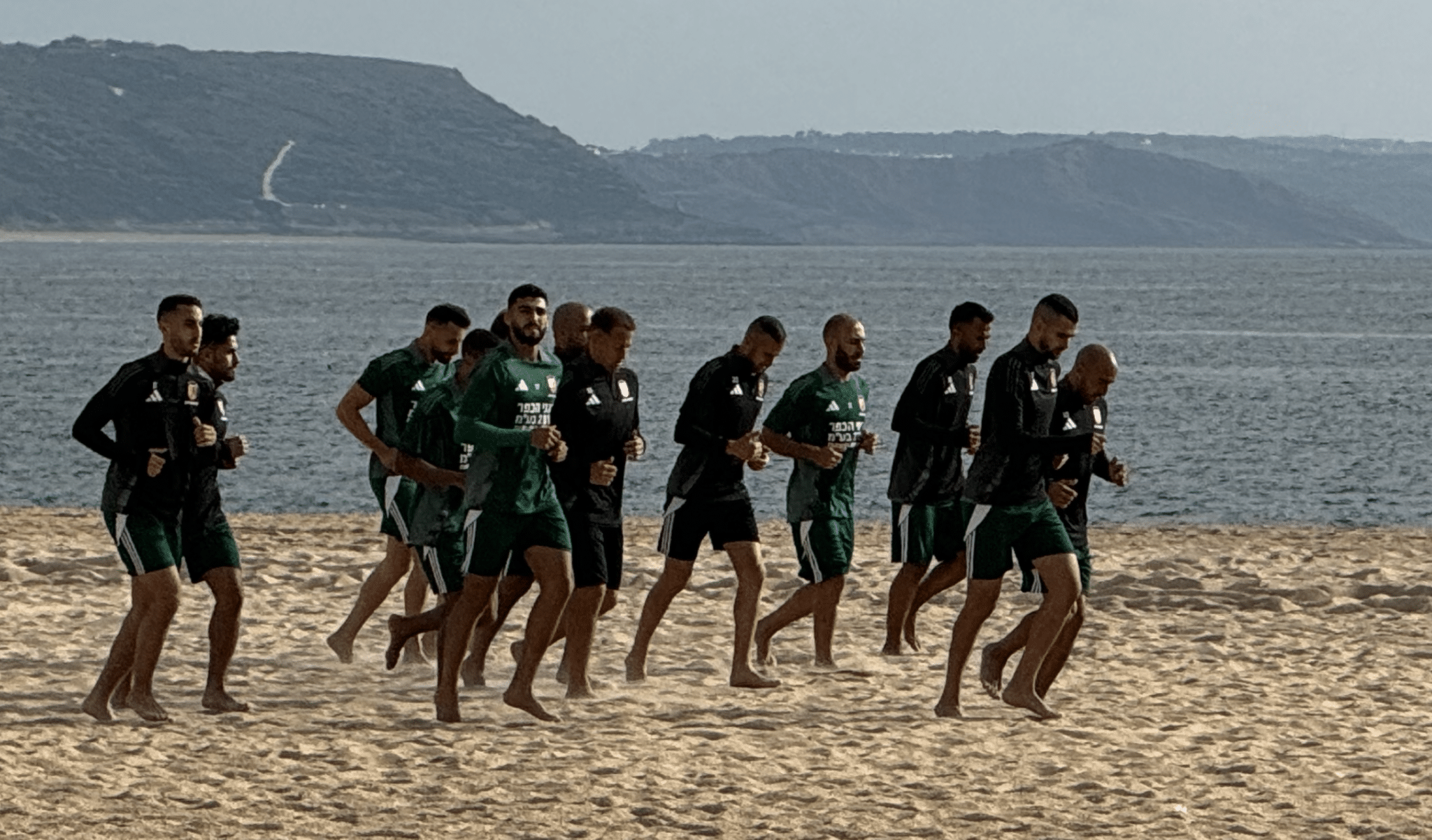
They were training for the upcoming European championship matches on Nazaré beach where the soccer stadium takes pride of place close to the old fishing boats.
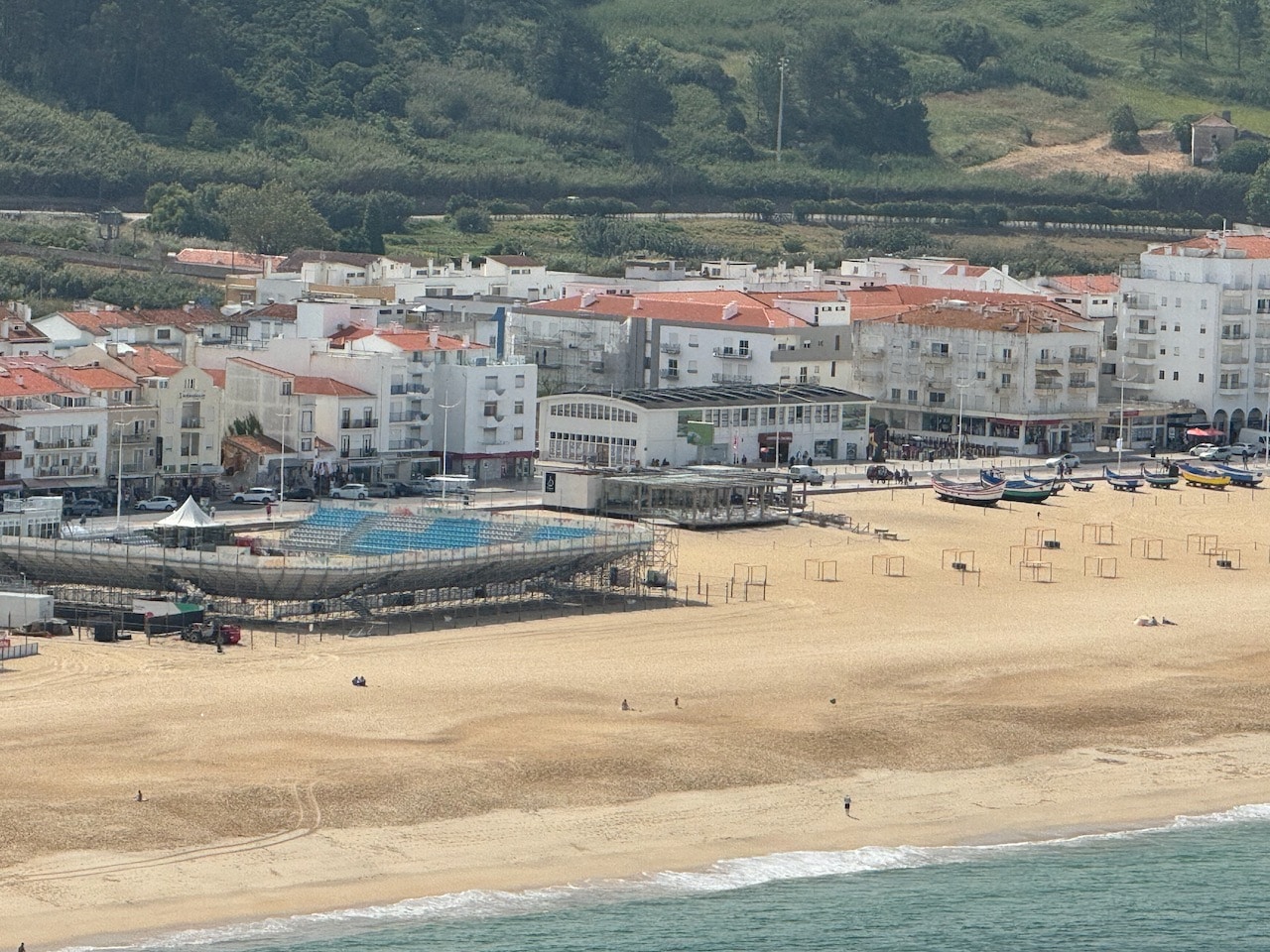
In 2023 the Israeli Falfala Kafr Qassem team won the Euro Winner’s Cub at Nazaré. But we wouldn’t be around for the 2024 match in the middle of June. So we ducked into the stadium to see what seemed like a pretty relaxed practice session.
That evening, we followed the advice of Elihu Rodriquez, the hotel manager. He recommended Restaurant O Casalhino, on what he described as the “old side” of Nazaré. This contrasted, he assured us, with the new condos and apartment buildings rising along the southern edge of beach that create a vibe of their own and attract a lot of expats including Americans.
We were happy with the promise of a Portuguese seafood meal in the older section where we caught the sunset beyond the promontory at the north end of the beach.
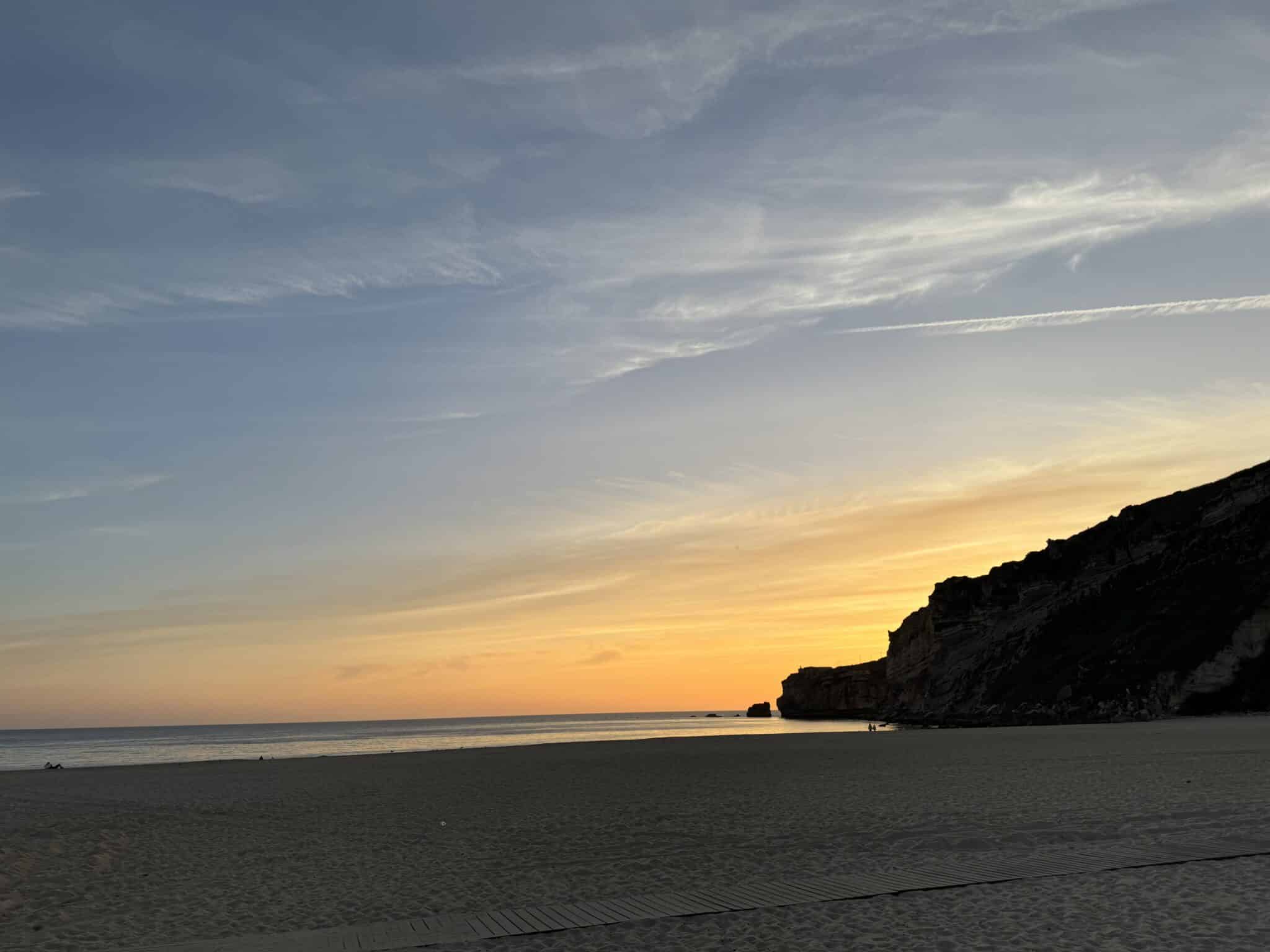
When we showed our photo to Restaurant O Casalinho owner Paulo Figueira, he said, “Let me show you these.” And after he learned that we planned to publish a story, he agreed to let us use his beautiful photos.
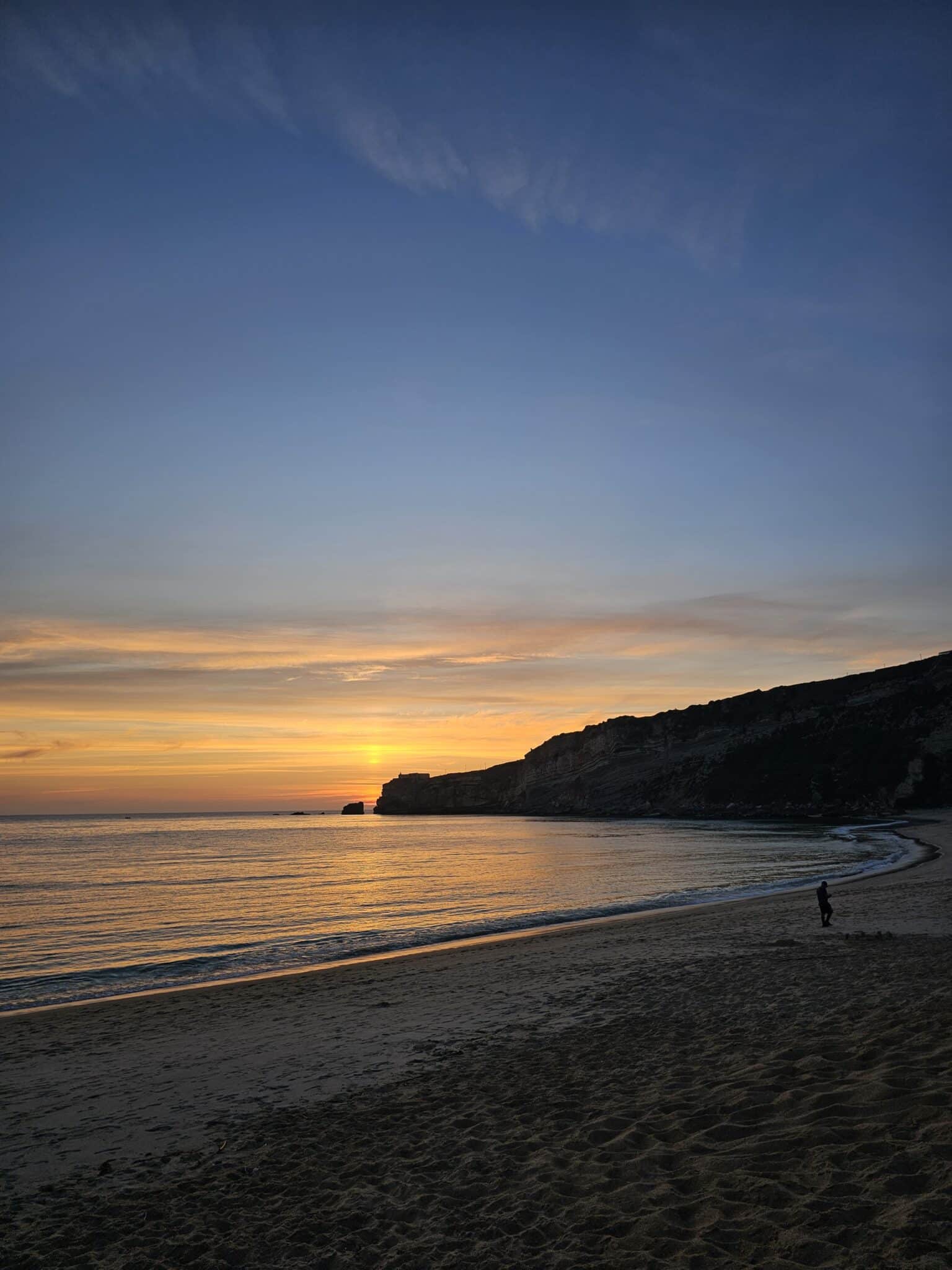
Of course, Paolo is at O Casalhino every evening and has a front row seat to the show.
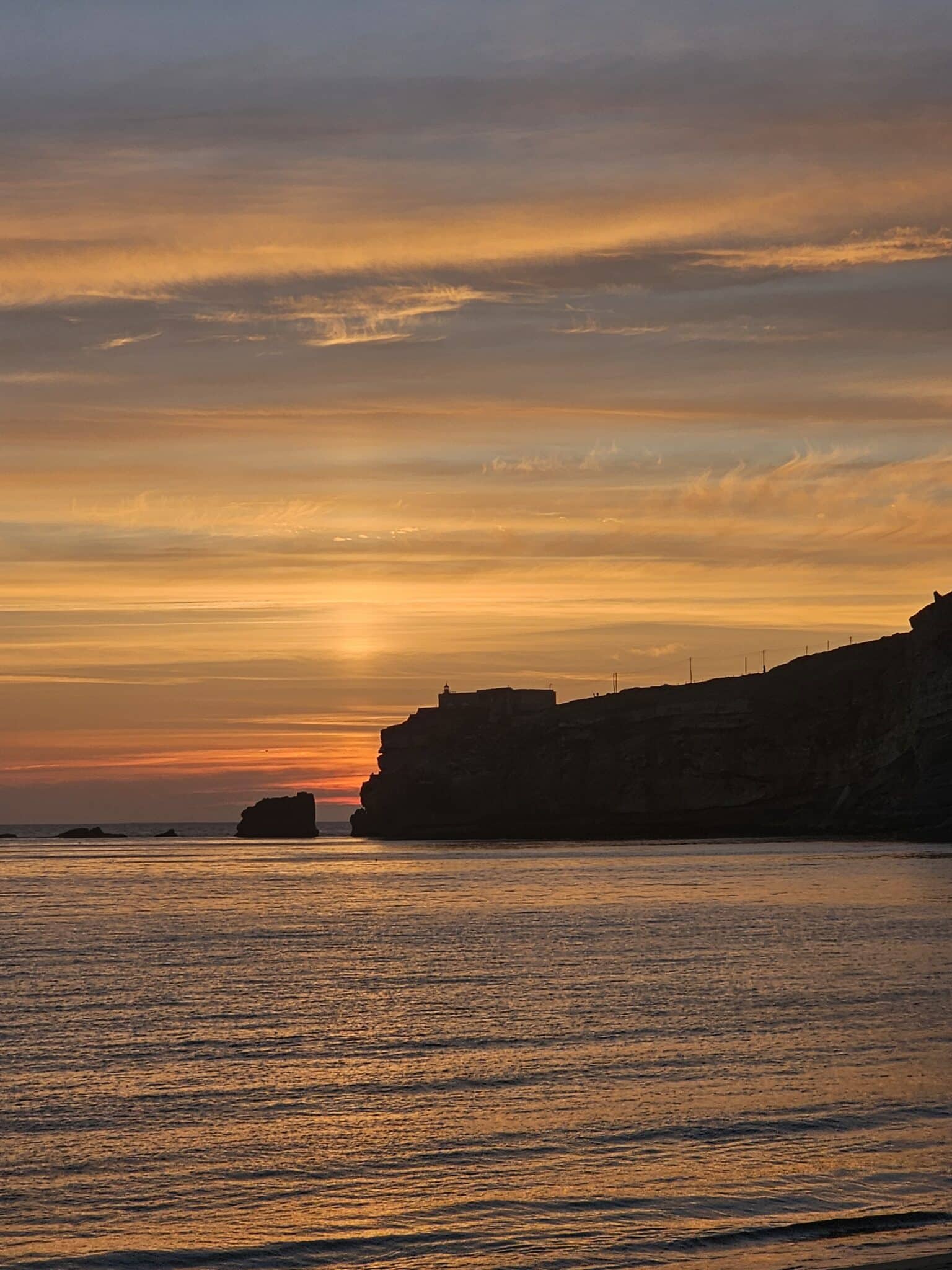

O Casalhino serves fresh fish, a spectacular lobster platter, and attracts a loyal local crowd.
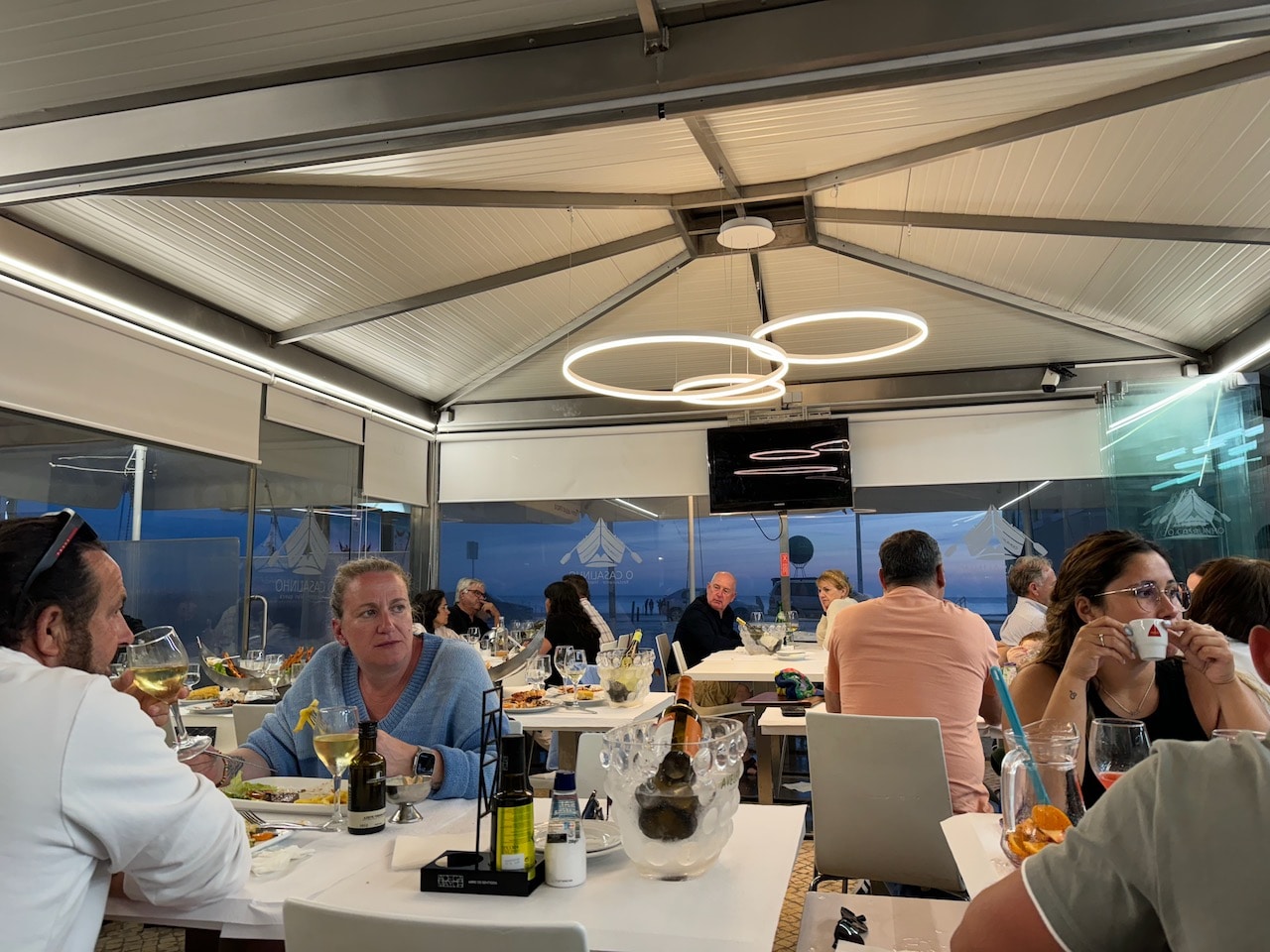
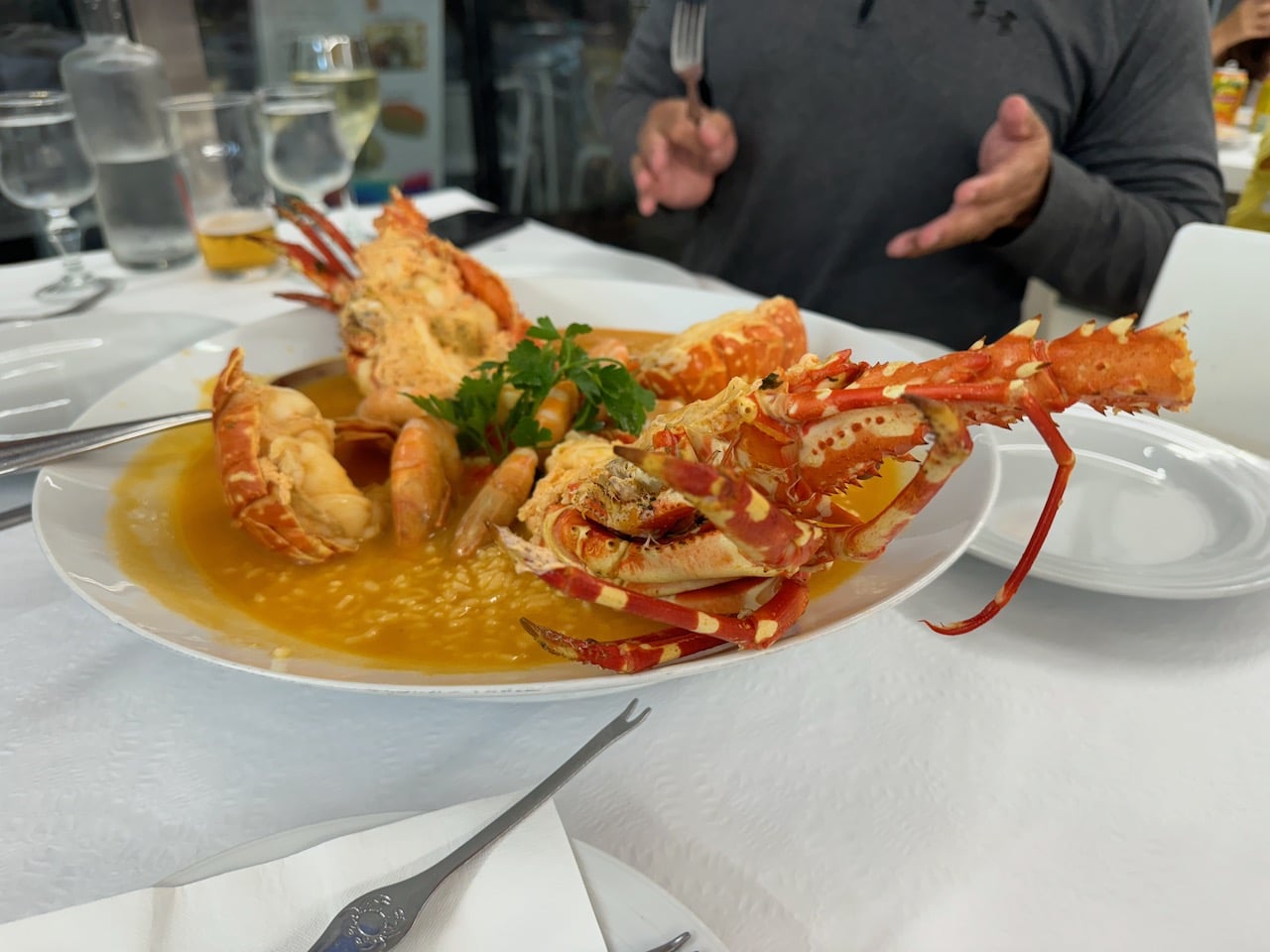
We had grilled fish, but the couple from Hawaii sitting next to us shared the lobster.
Our good experience with O Casalino went beyond dinner. After we got back to our room at the hotel, the manager knocked on our door. Paulo Figueira had come to see us. With his motorcylcle helmet in hand, he explained that he came to give us a refund. His waiter had confused checks for two tables and we received and paid the wrong bill. Extraordinary of him!
The next morning, it was back to the beach and up the funicular. You see the rails to the left in the photo.
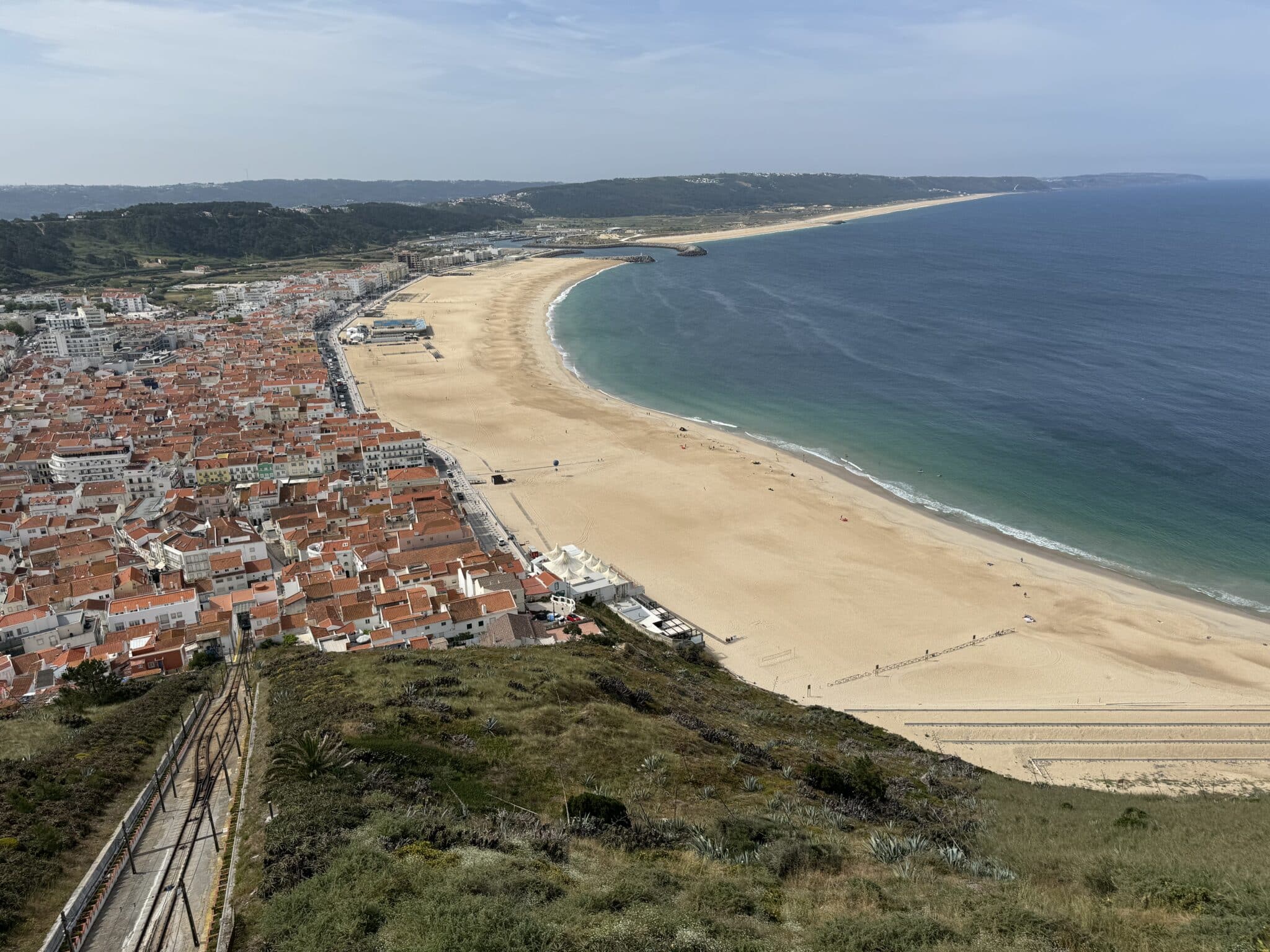
The funicular took us up the cliff to Sitio de Nazaré, where we’re told the remaining fisherman from the area live.
Off the funicular on the cliffside to the west, you’ll find a tiny chapel with a big legend.
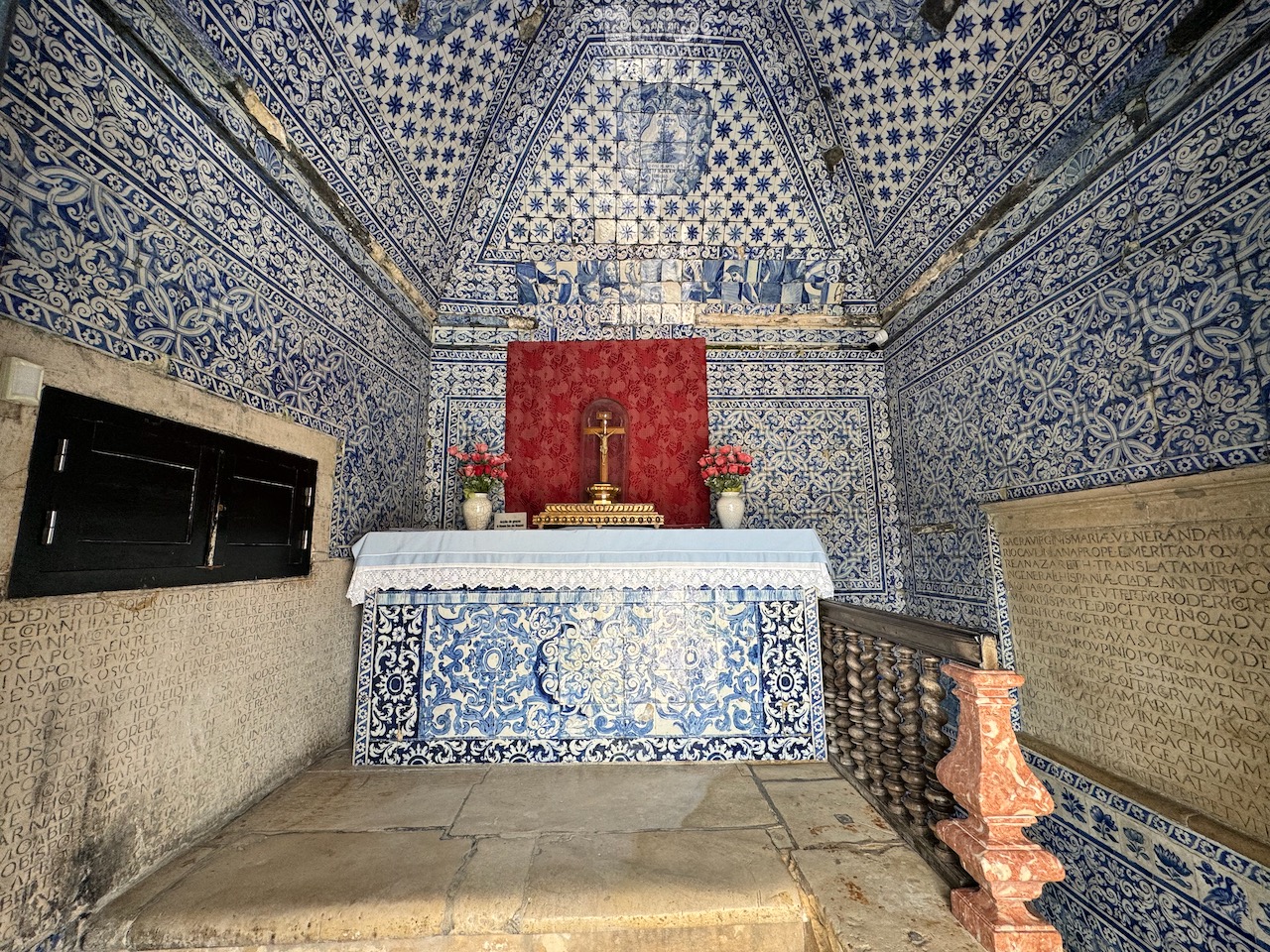
The story goes that in 1182 a miracle occurred. when the knight Dom Fuas Roupinho, maybe a Templar, was out hunting and his prey went over the cliff. His horse started to follow and Dom Roupinho prayed to the Virgin of Nazaré. He was saved and built the chapel to honor her. The story of the miracle brought pilgrims from all over to the hilltop for centuries. But in the 14th Century when King Ferdinand made the pilgrimage to Nazaré, he found the Ermida da Memória too crowded and called for a big church to be built.
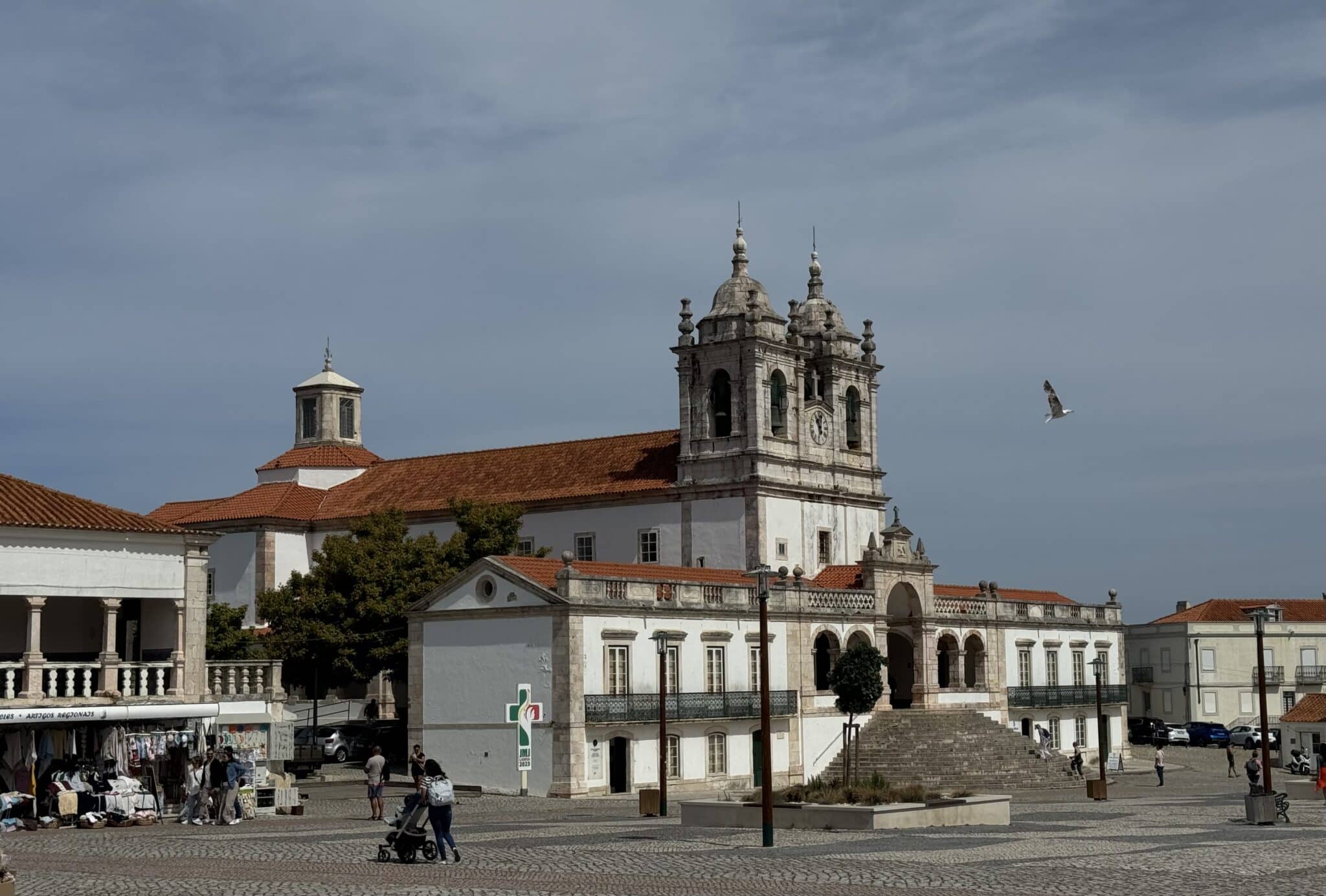
So there is the gothic Our Lady of Nazaré dominating the square. Generations of kings added improvements and today it is definitely worth a look inside.
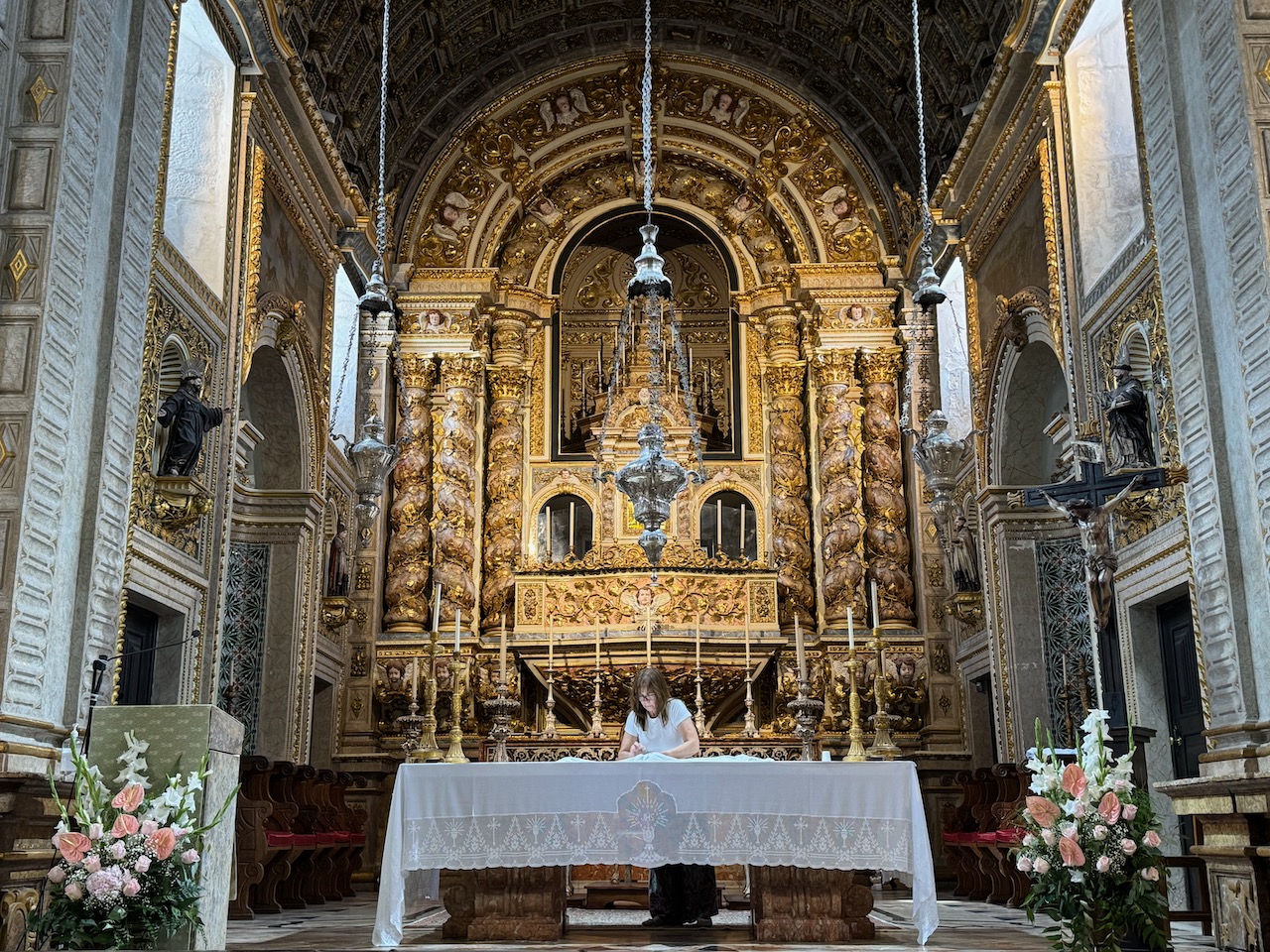
The high altar dazzles with gilt carvings, marble columns and faces of angels that peer down toward the nave. Elaborate decoration seem to cover every inch of the interior.
Beyond its religious history, the church is known for its blue and white tiles by the 17th Century Dutch master W. Van Kloet
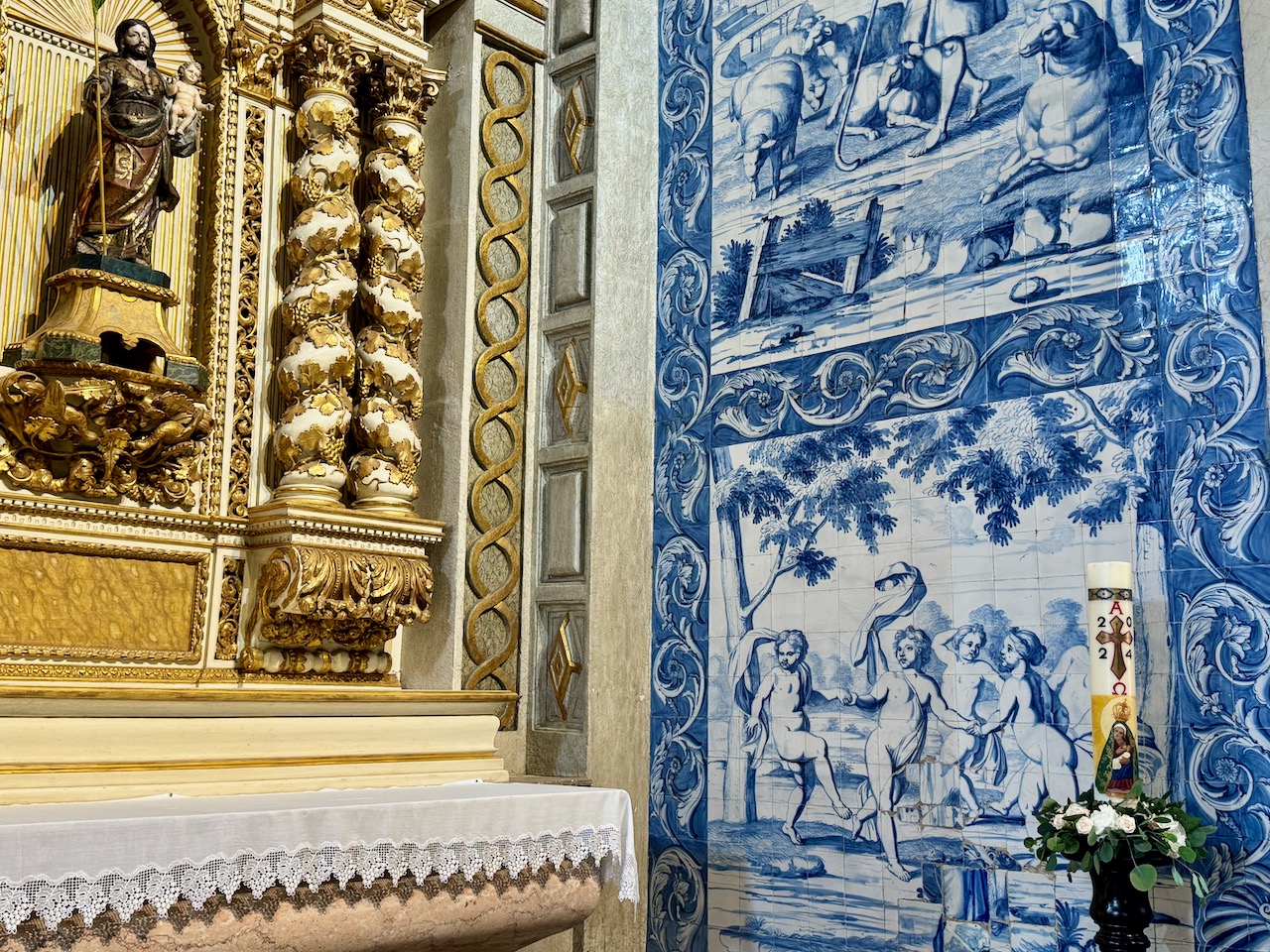
We learned about the penchant for dutch tiles in the Museo de Azuleo, in Lisbon. Even though the Portuguese were talented tile artists, they imported work from Holland as a point of prestige in the 17th Century.
In 2024, there are other attractions. The tourist pilgrims who make it to Nazaré find women in traditional dress at their stands selling candy and souvenirs just west of the tiny chapel.
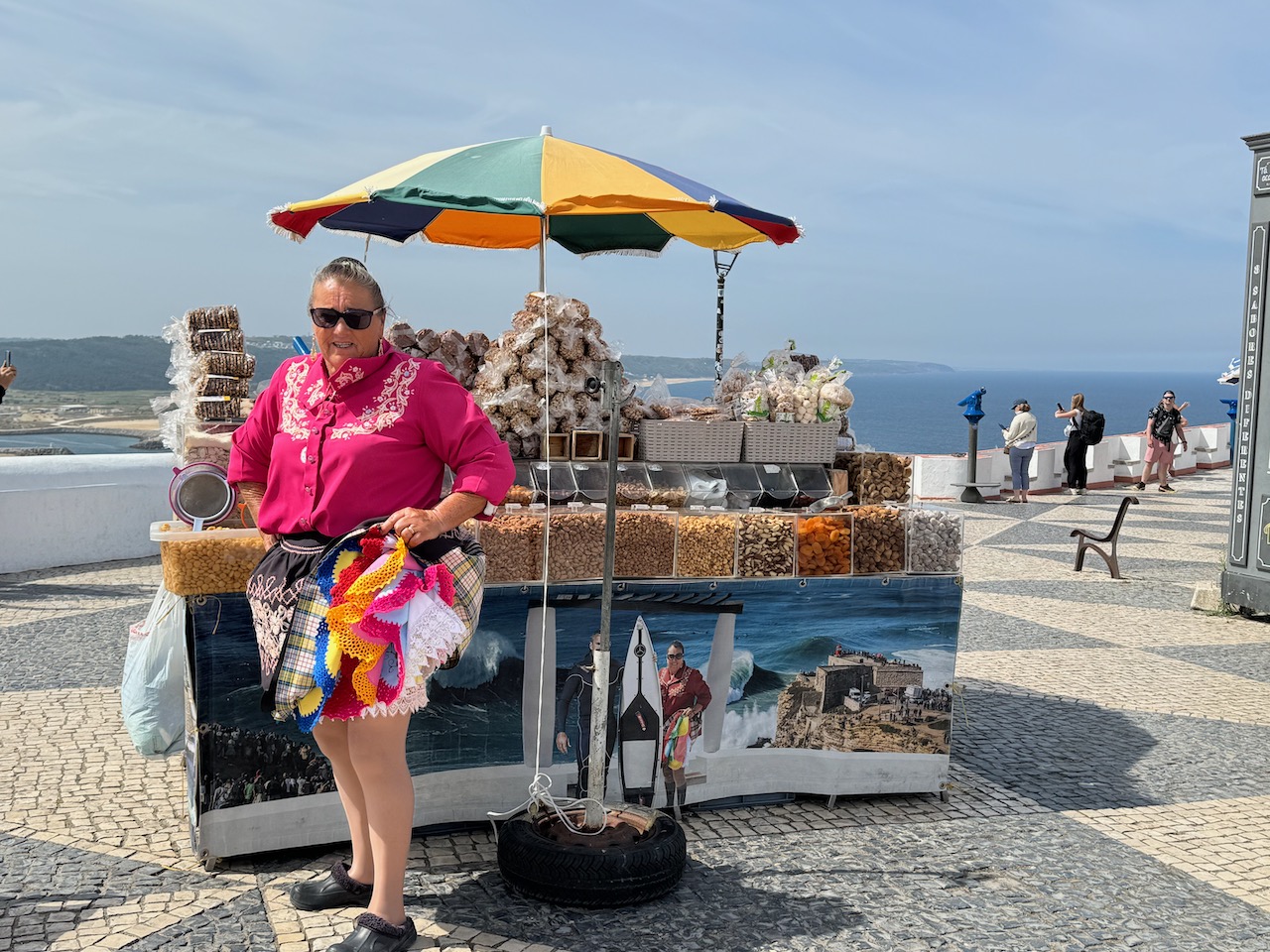
Historically fisherman’s wives, the majority of the women in the village, wore seven skirts. We heard a variety of reasons why. Some say women wore seven skirts as they waited on the beach for their husbands to return from sea. Maybe they used the layers to keep warm, to count, or count the waves. Others say they represent the seven days of the week, or the seven colors of the rainbow. Now the skirts are worn ceremonially and as part of local color.

Once we left the square, we headed to the cliff edge and the “majores ondas do mundo,” or the biggest waves in the world.
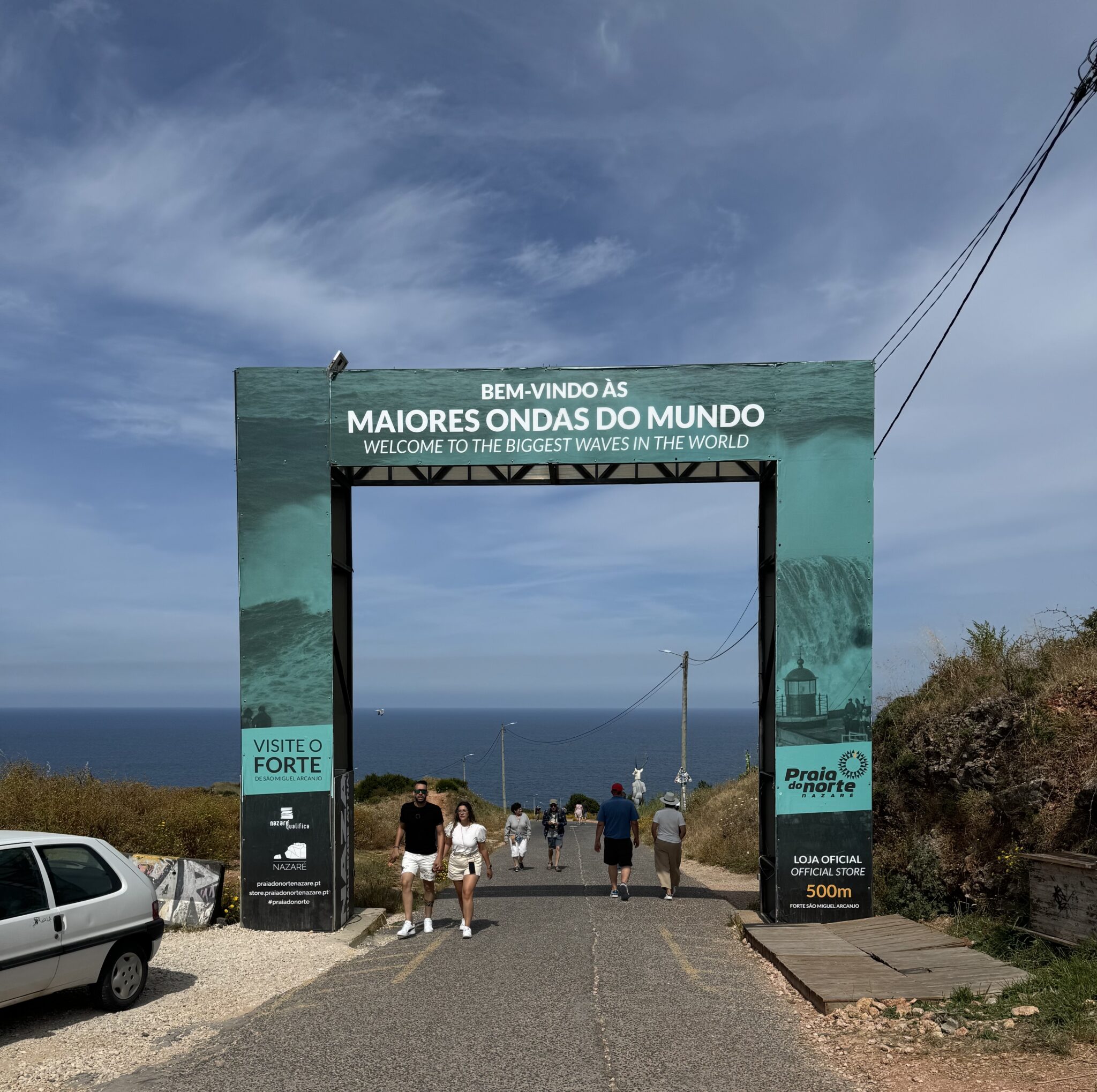
The sea was calm when we were visited, but if we were to return from October to March, it would be a different story. More like this:
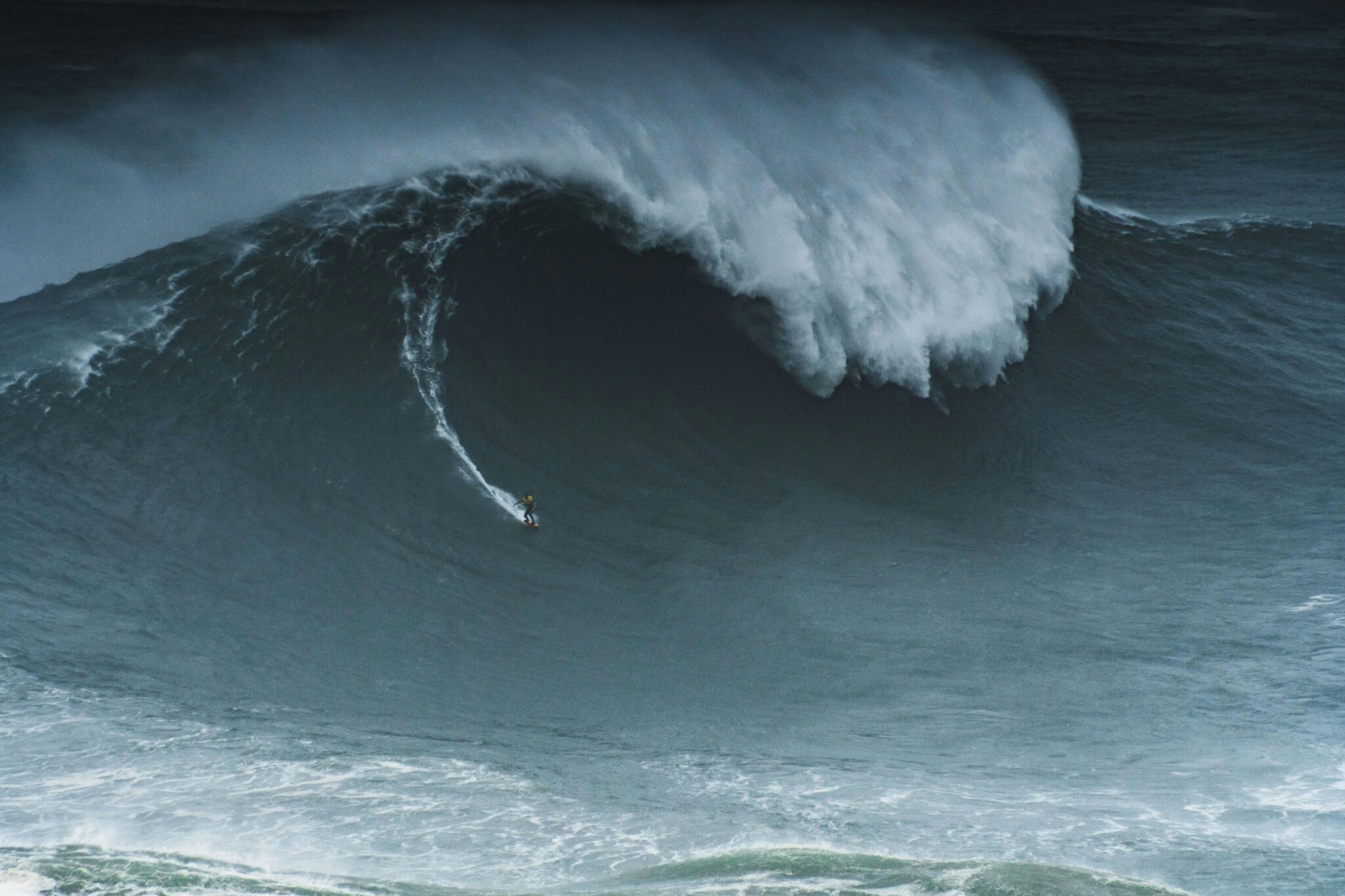
The waves attract surfers from all over the world, and spectators to watch them ride waves that can reach 70 feet and sometimes more.
We didn’t see the giant waves, but we did get to take photos and fool around.
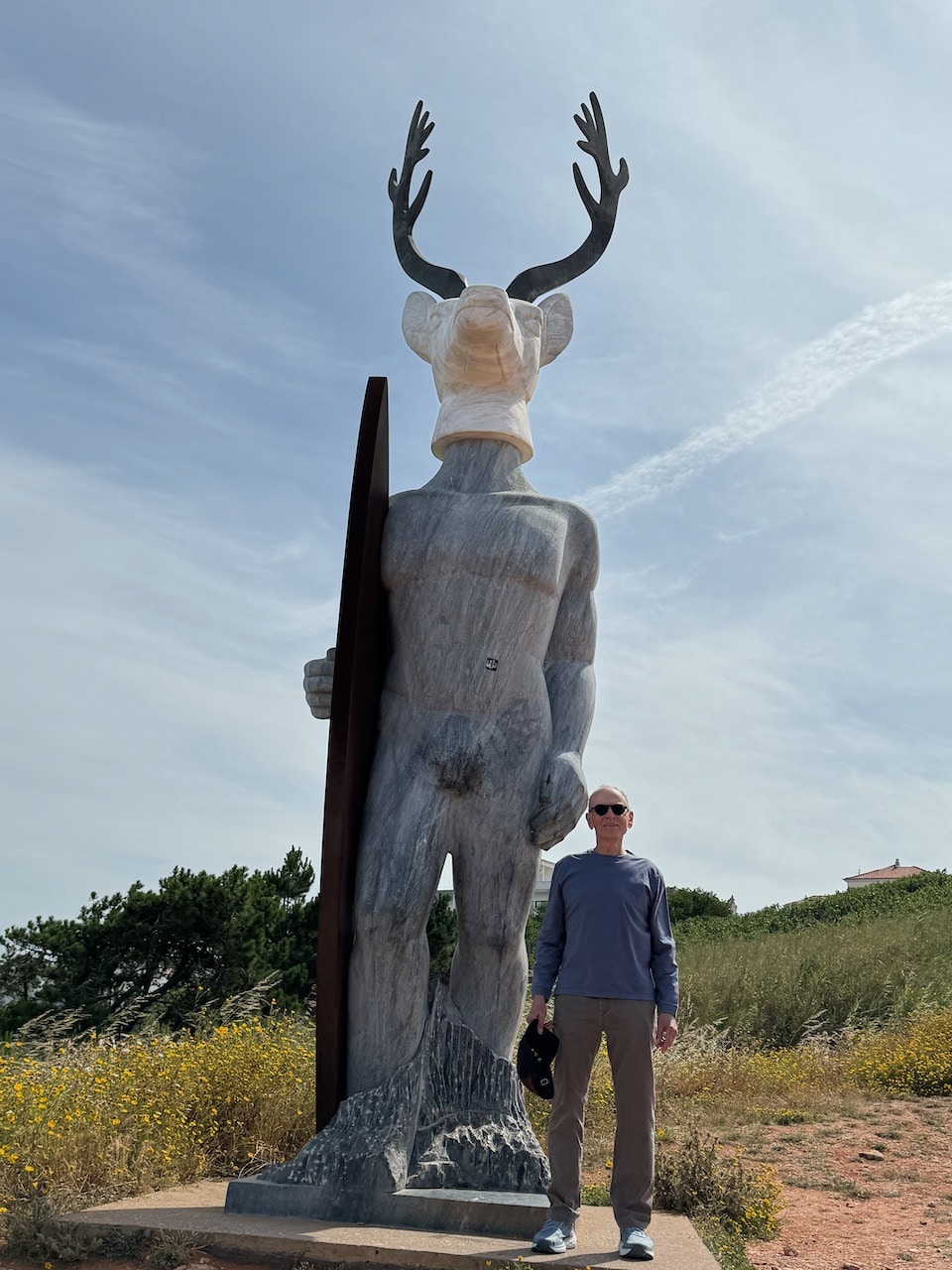
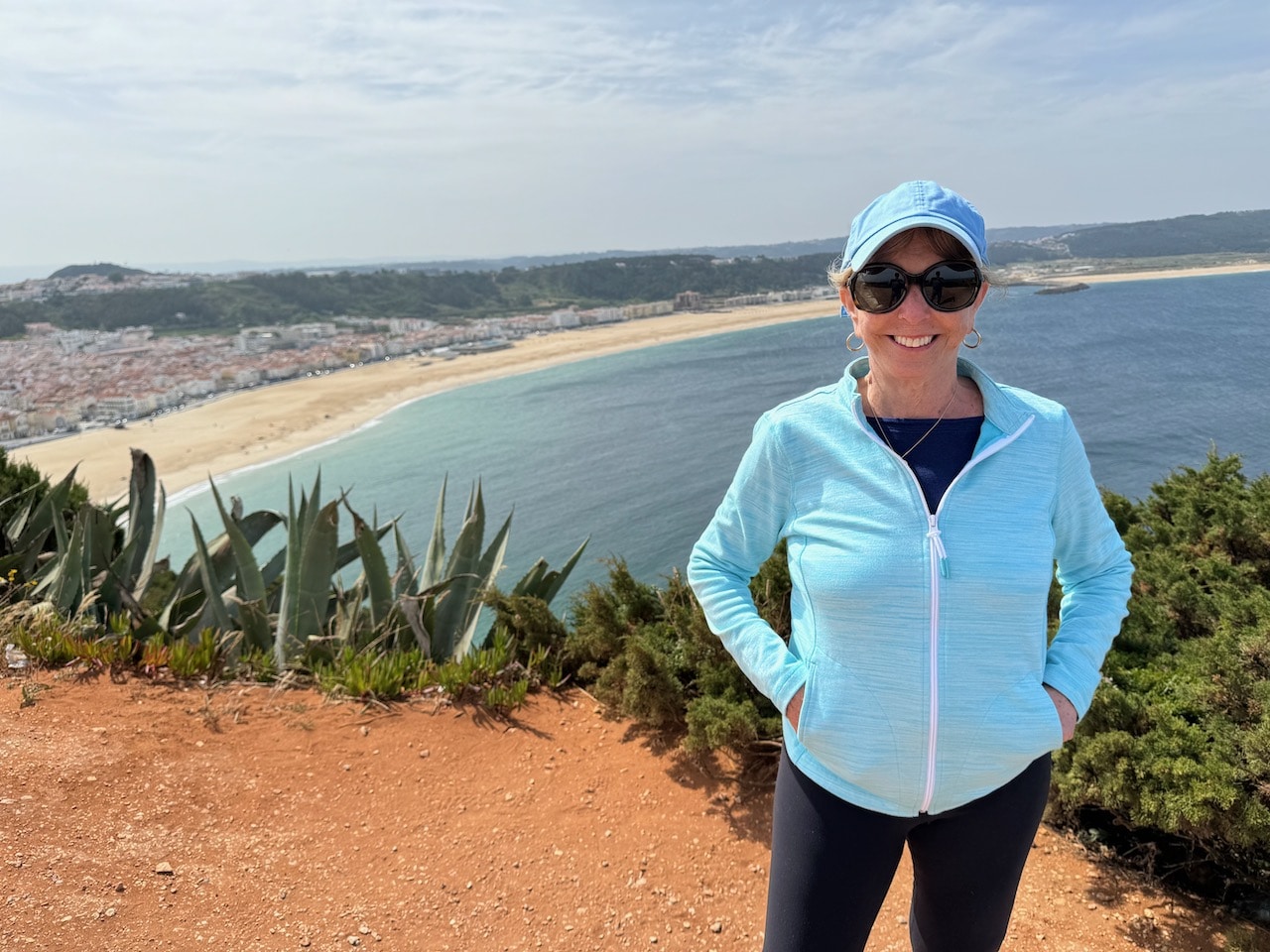
When we walked back through the square to the funicular, we heard music and stopped.
We were lucky to find two musicians performing for passersby, their bucket set out for tips. What we heard was a beautiful version of traditional Portuguese fado music, a genre you might compare to blues for its stress on hardship and endurance. On the left, playing guitar, is Albiero Caserio, and on the right, playing and singing, is Albiero Ferro.
We talked briefly between songs, Ferro told us in perfect English that he’d lived in Brooklyn and worked as a scallop fisherman in southern New Jersey. That’s a tough job that prepares one to sing fado with authority.
We found much to enjoy in Nazaré even if we didn’t get to see the excitment of the great waves. But this video makes up for it, a little.
The city of Nazaré created the video with music by AShamleuvmusic and made it available to enjoy through a Creative Commons license.
